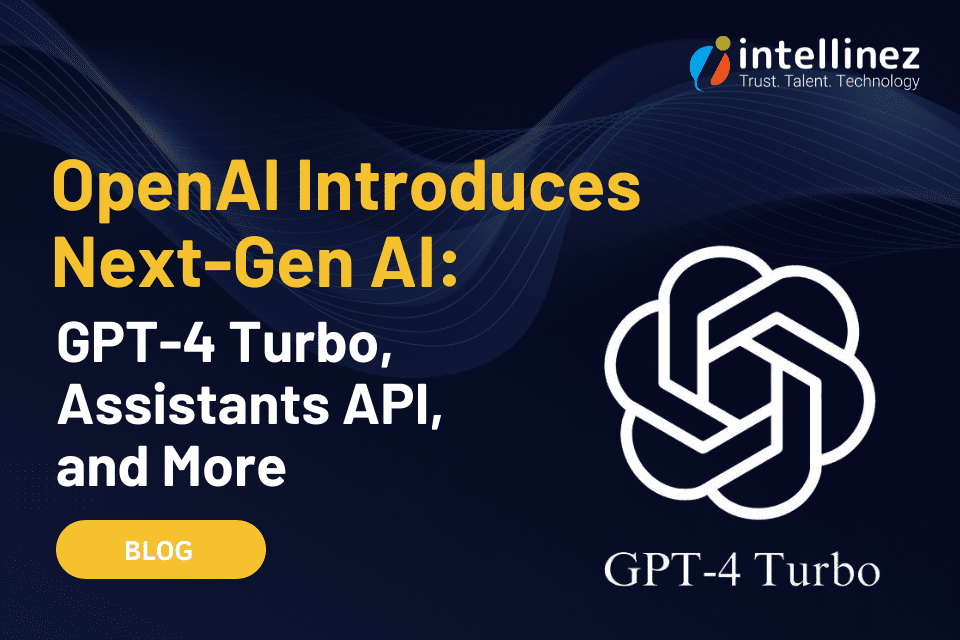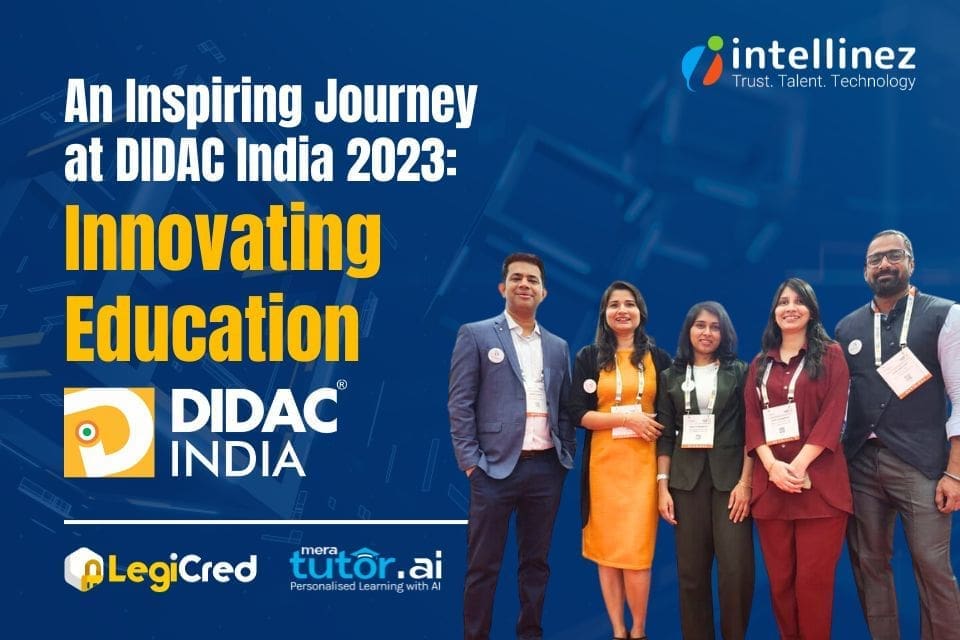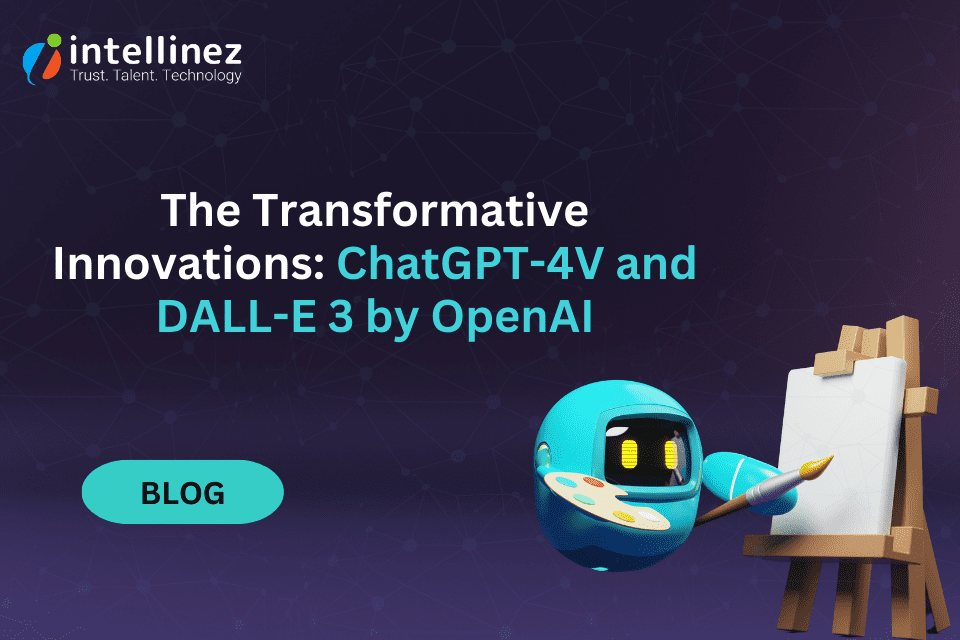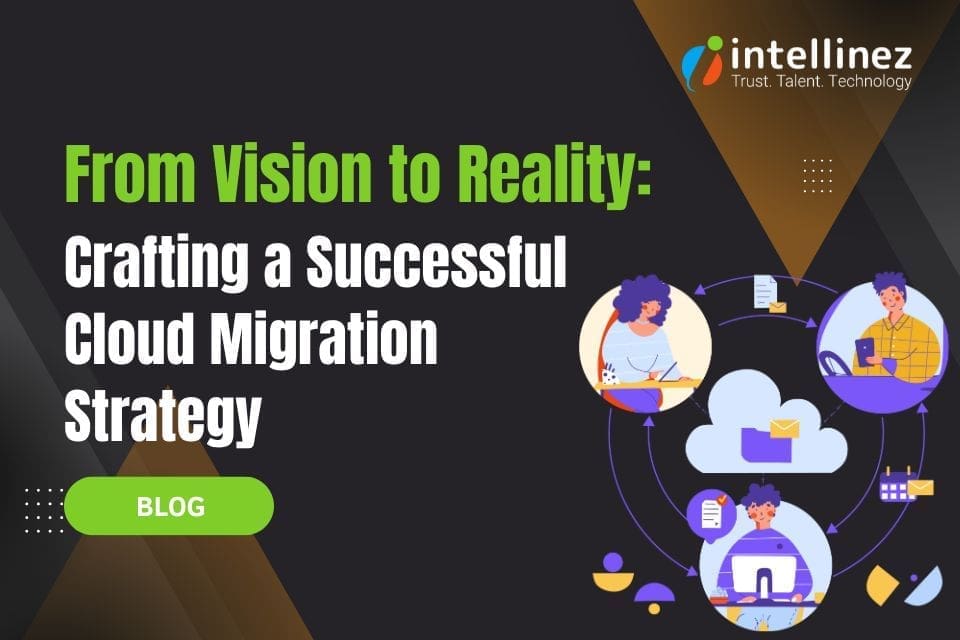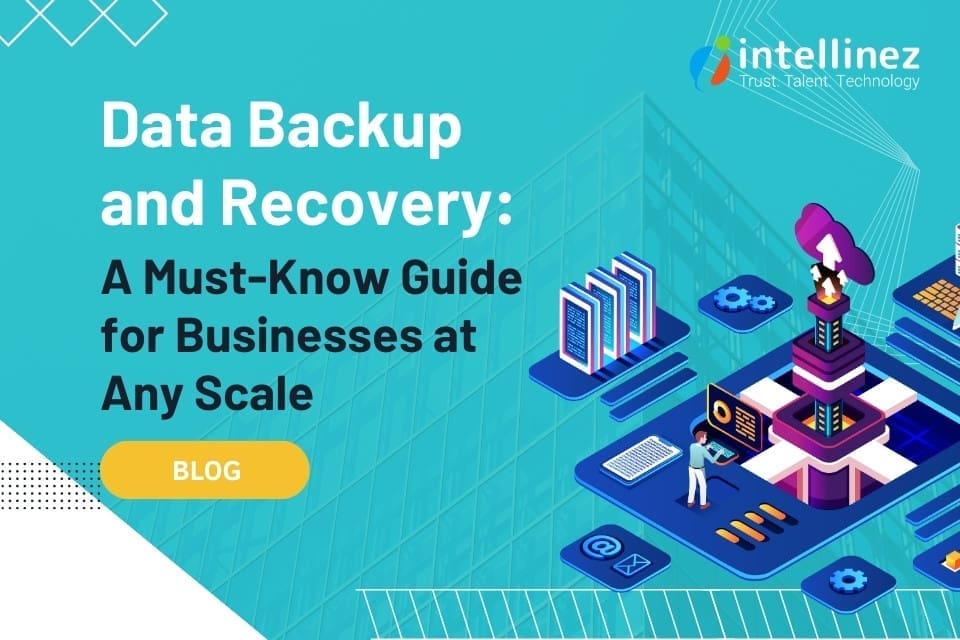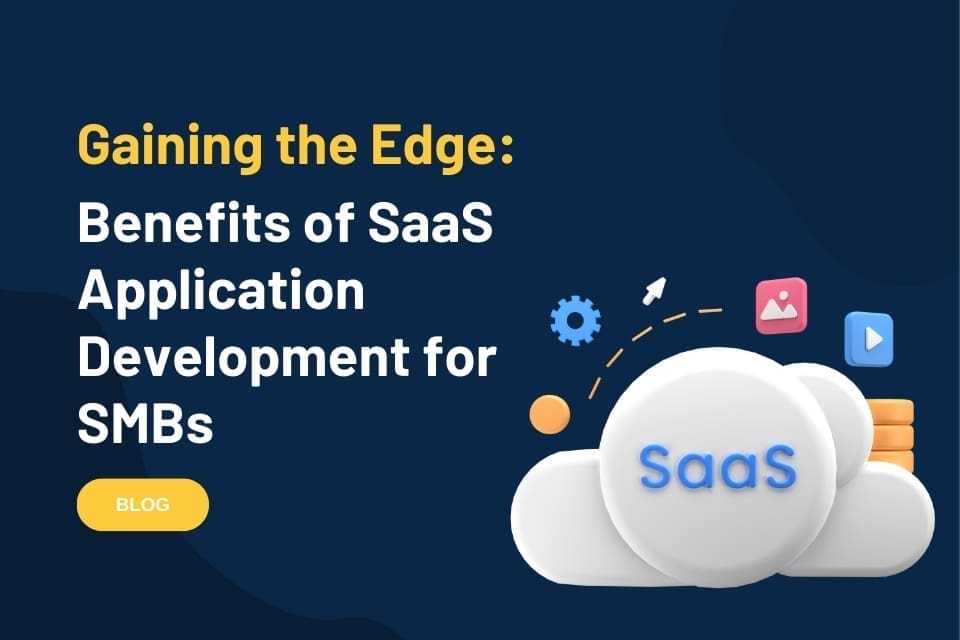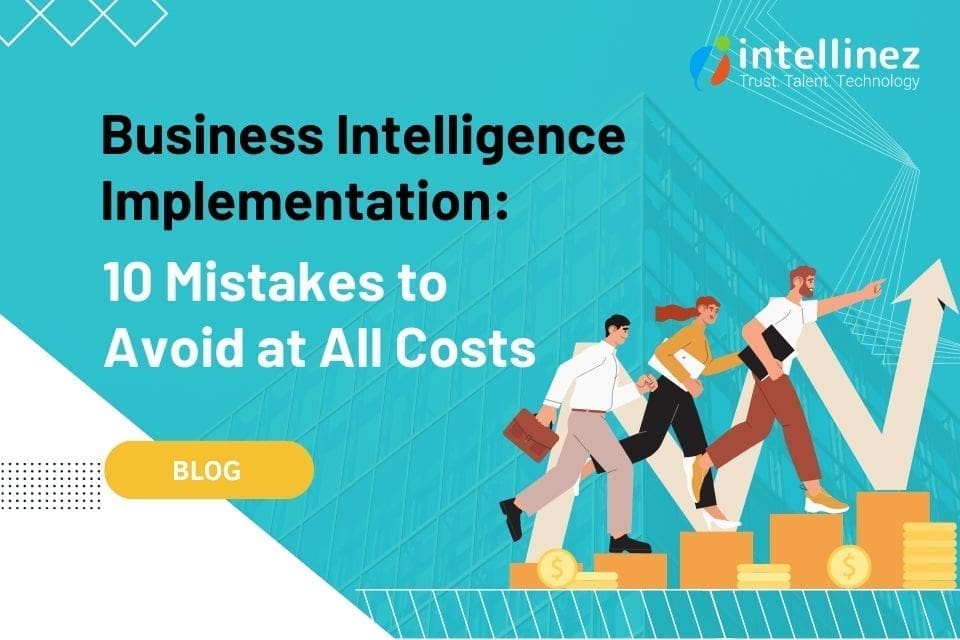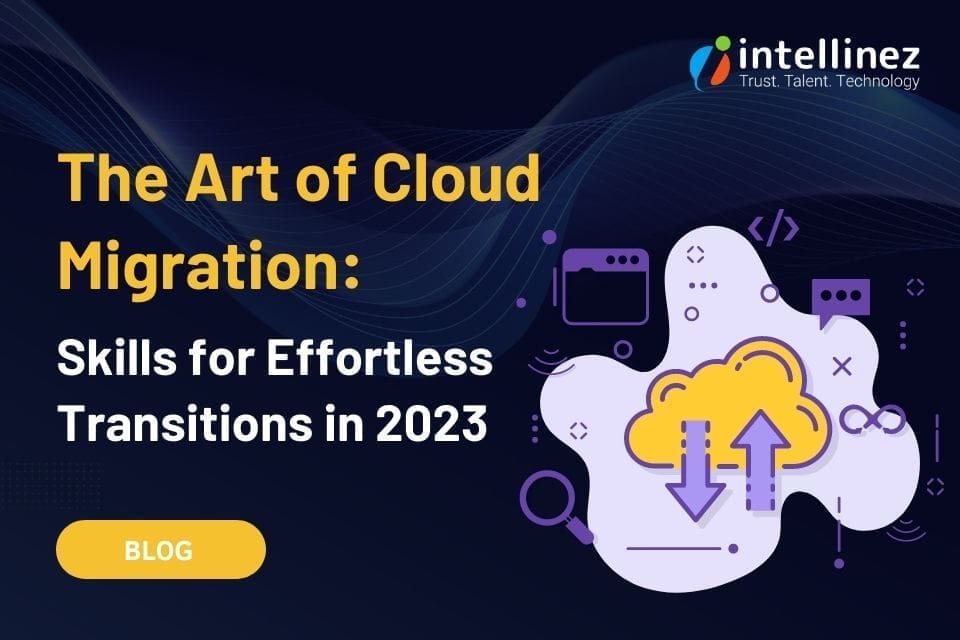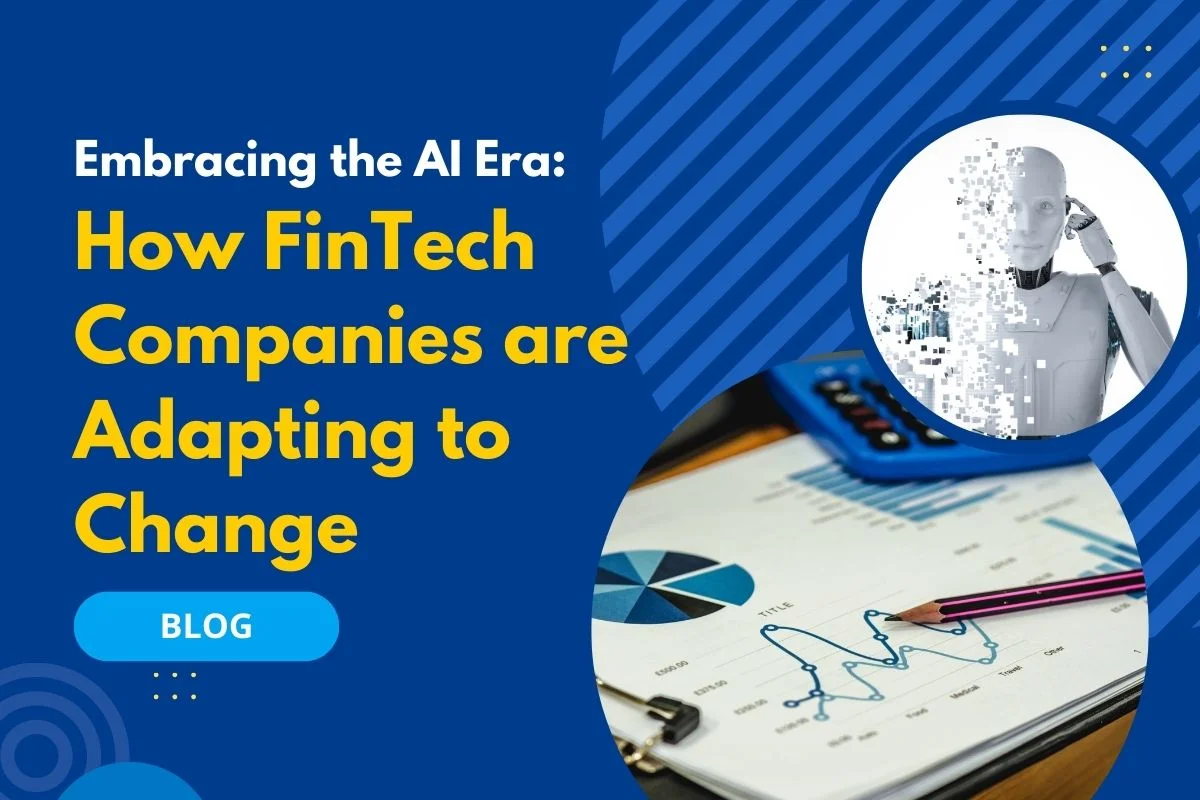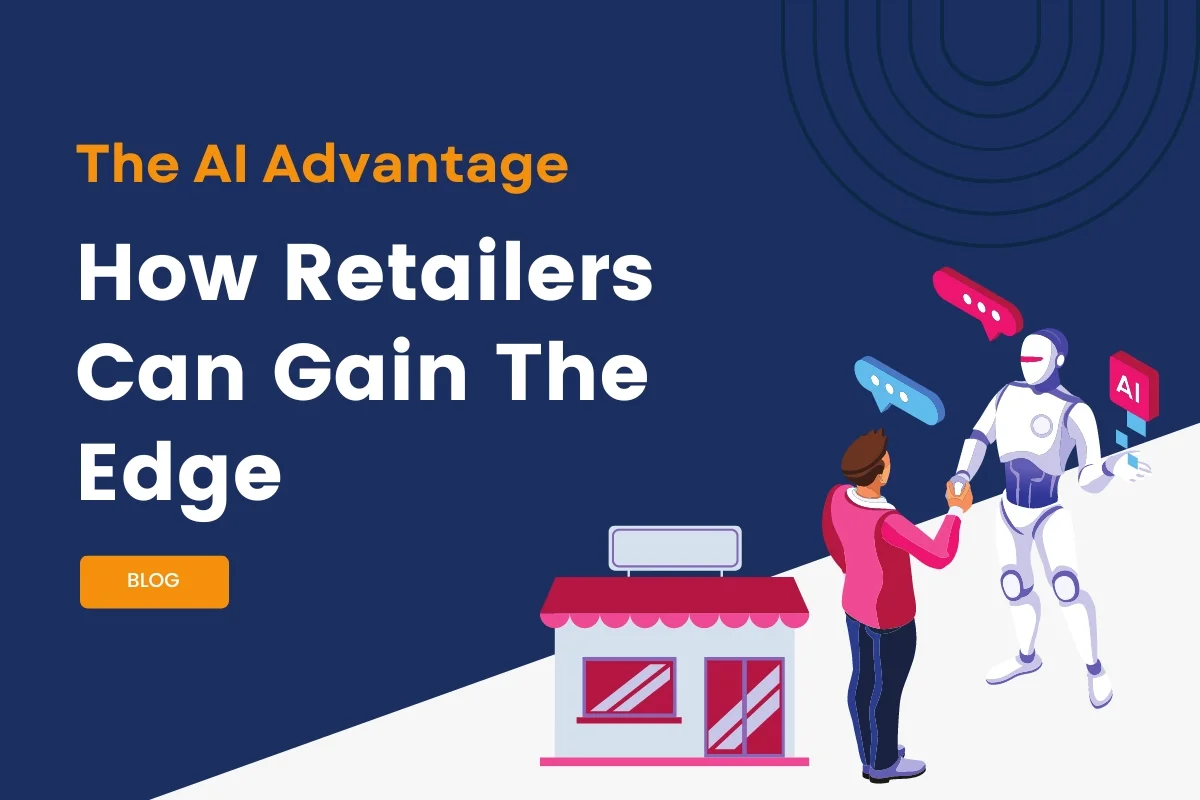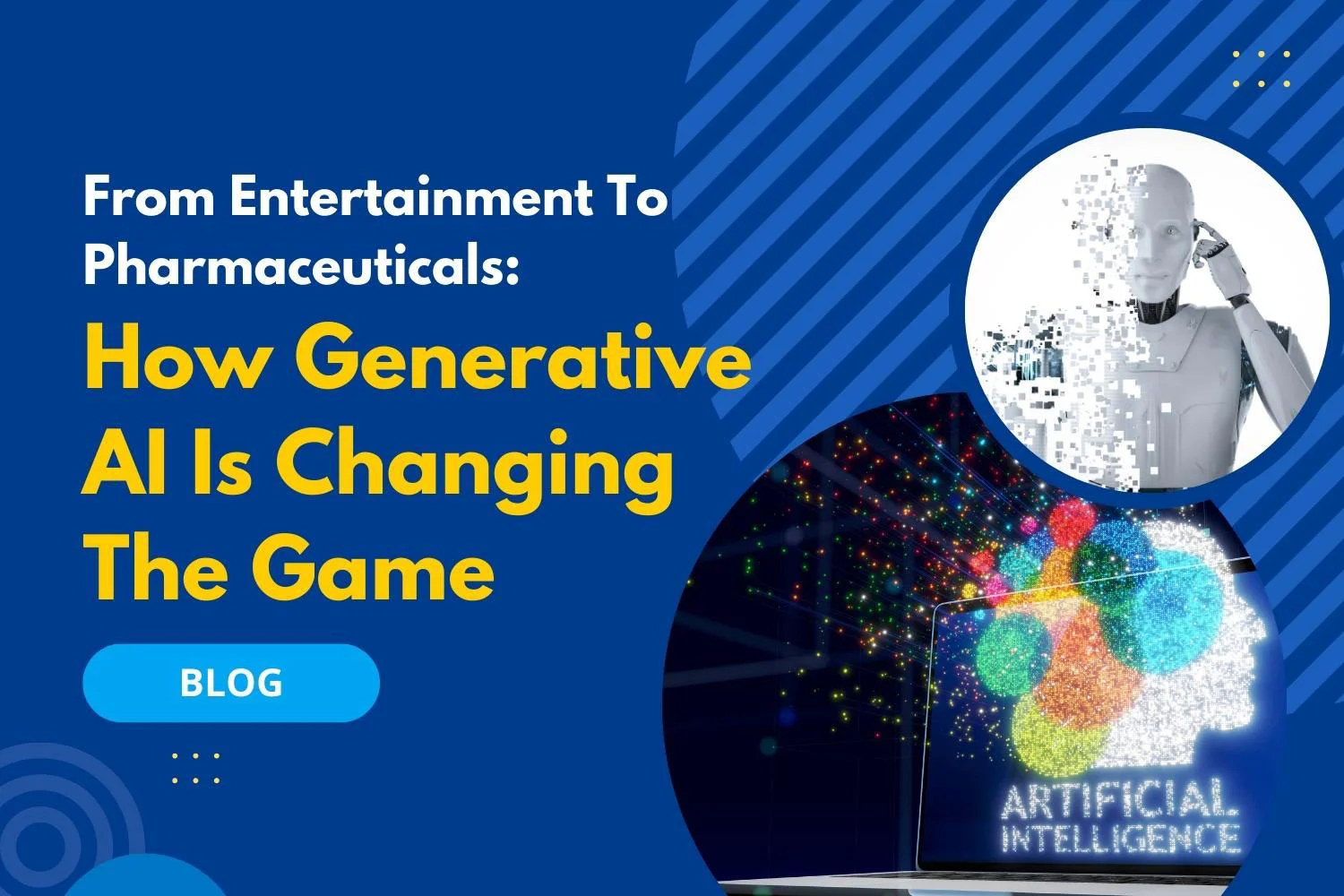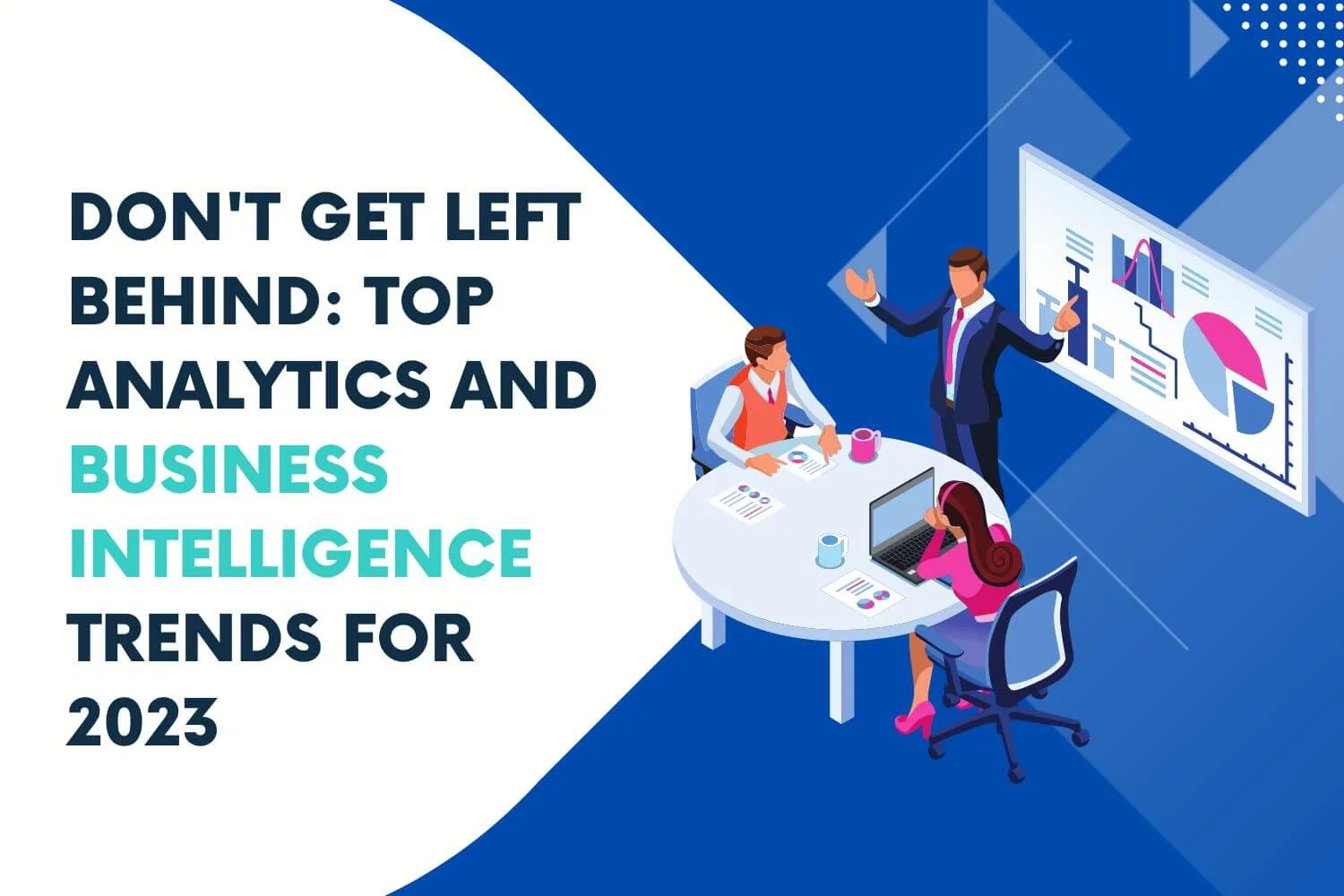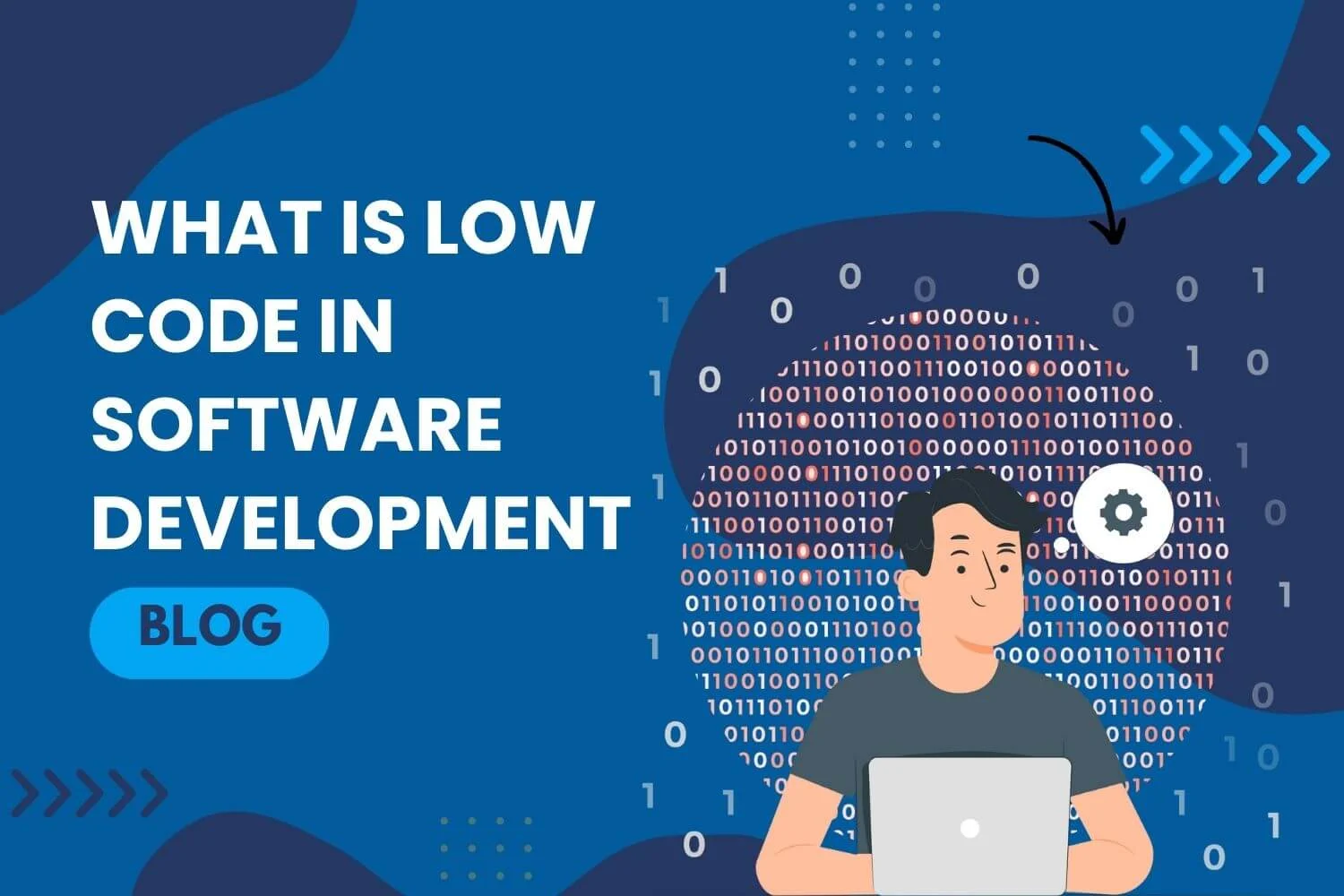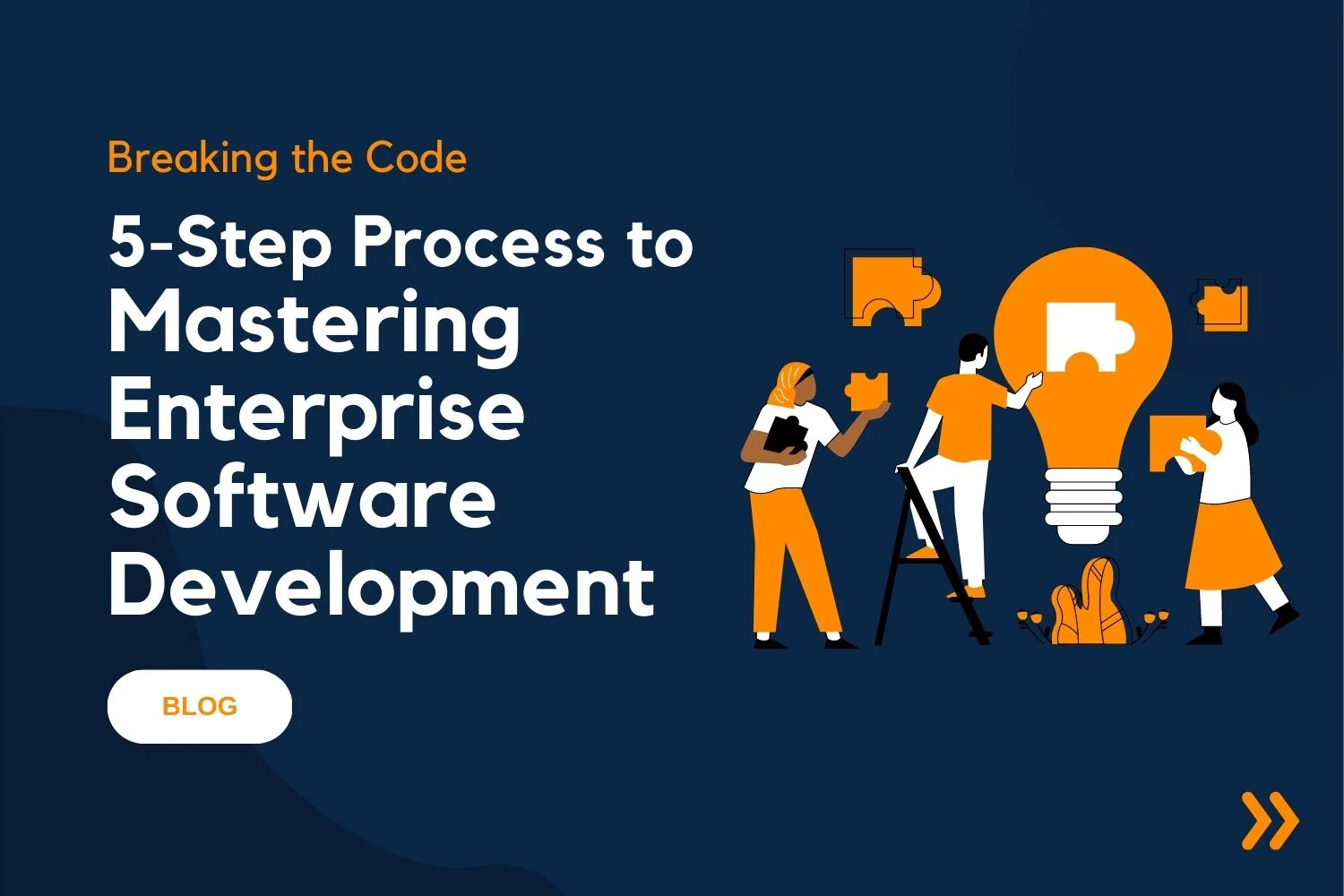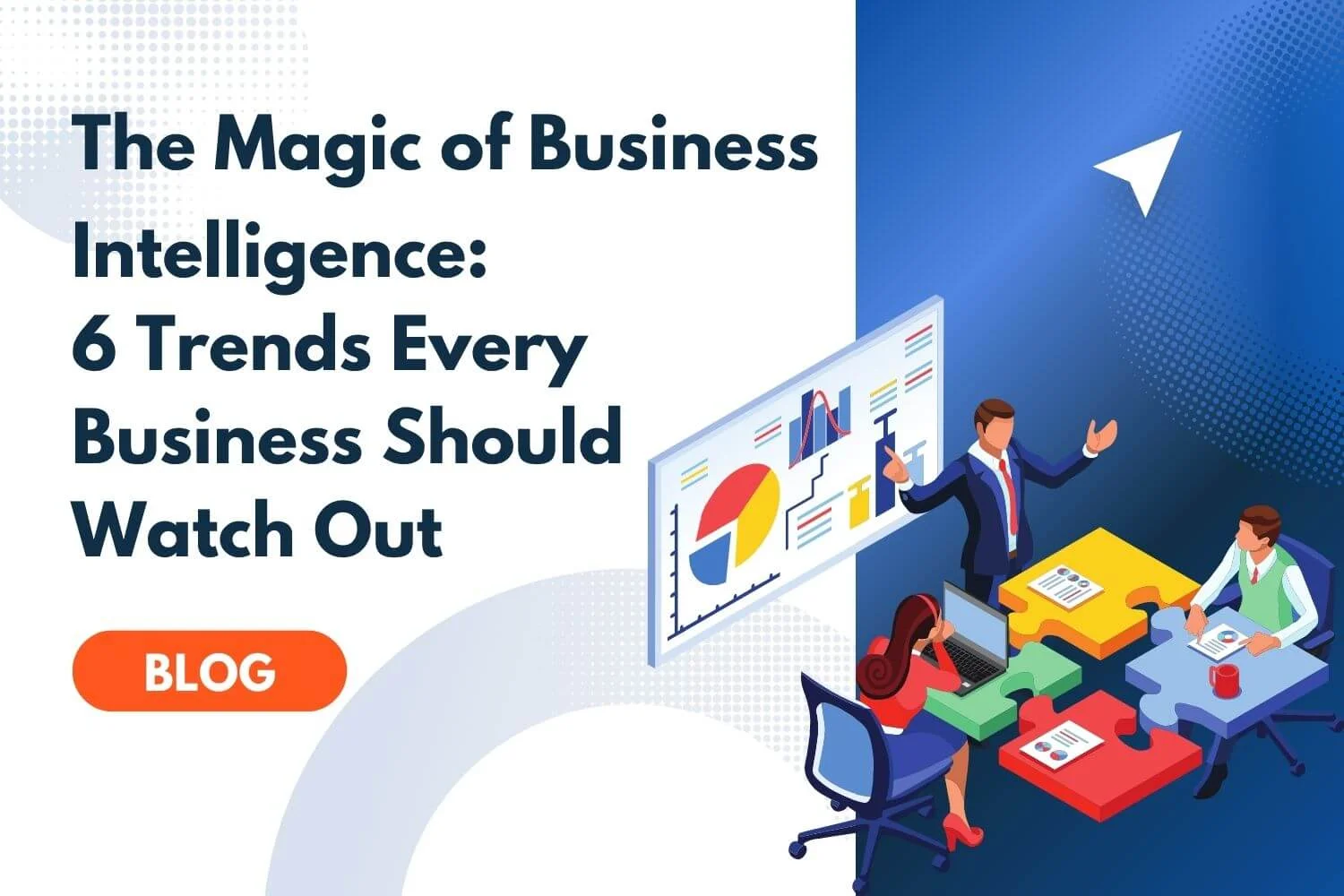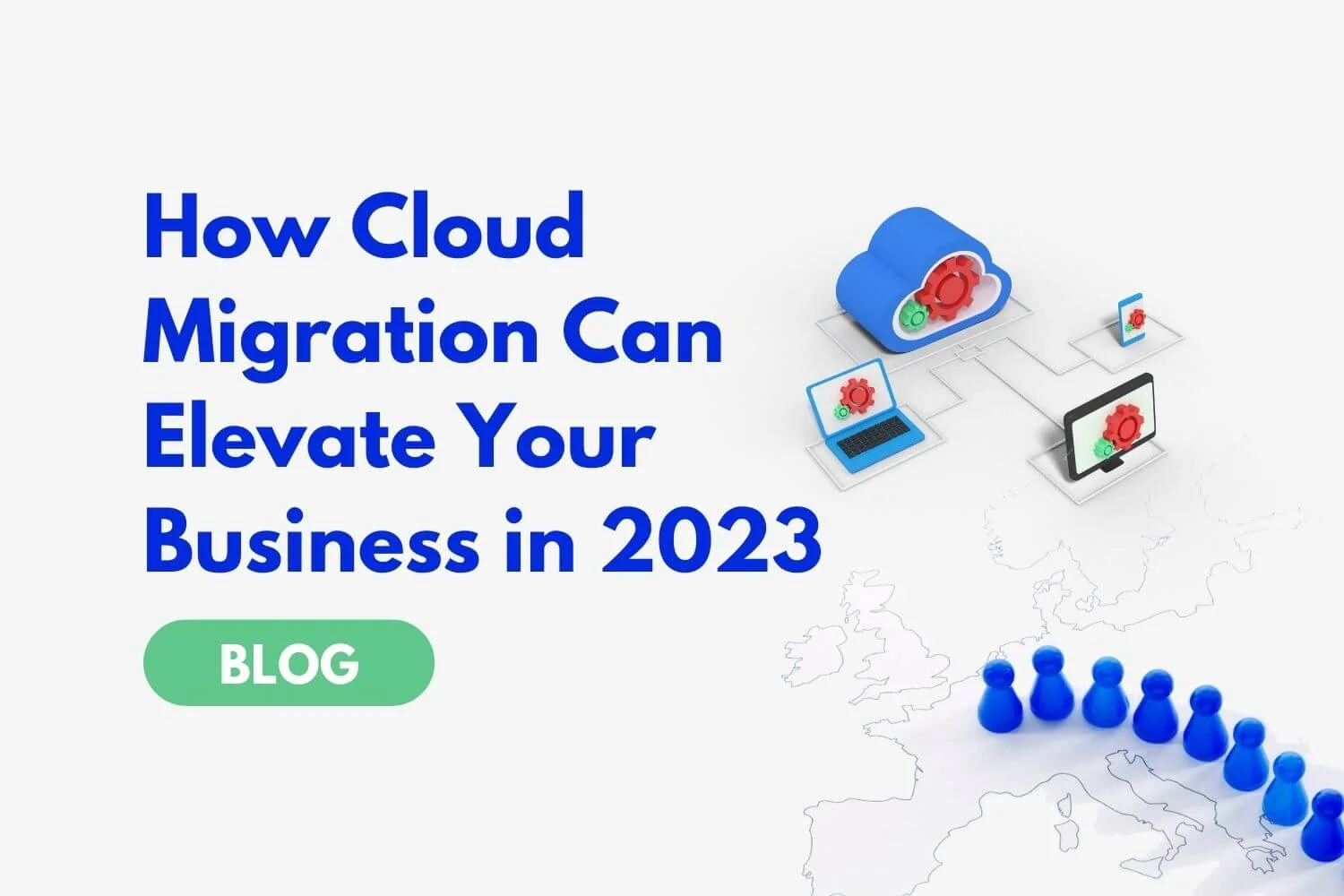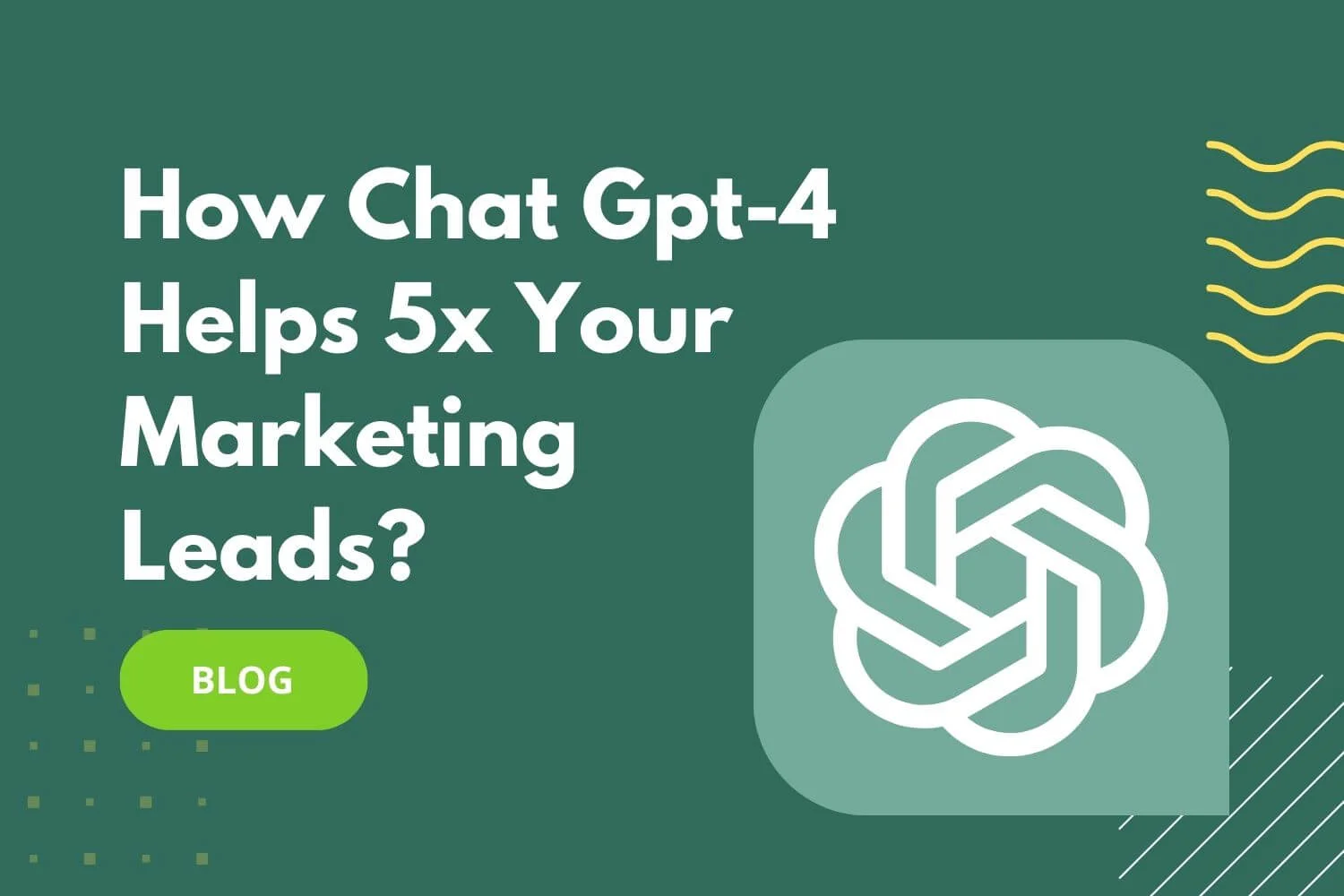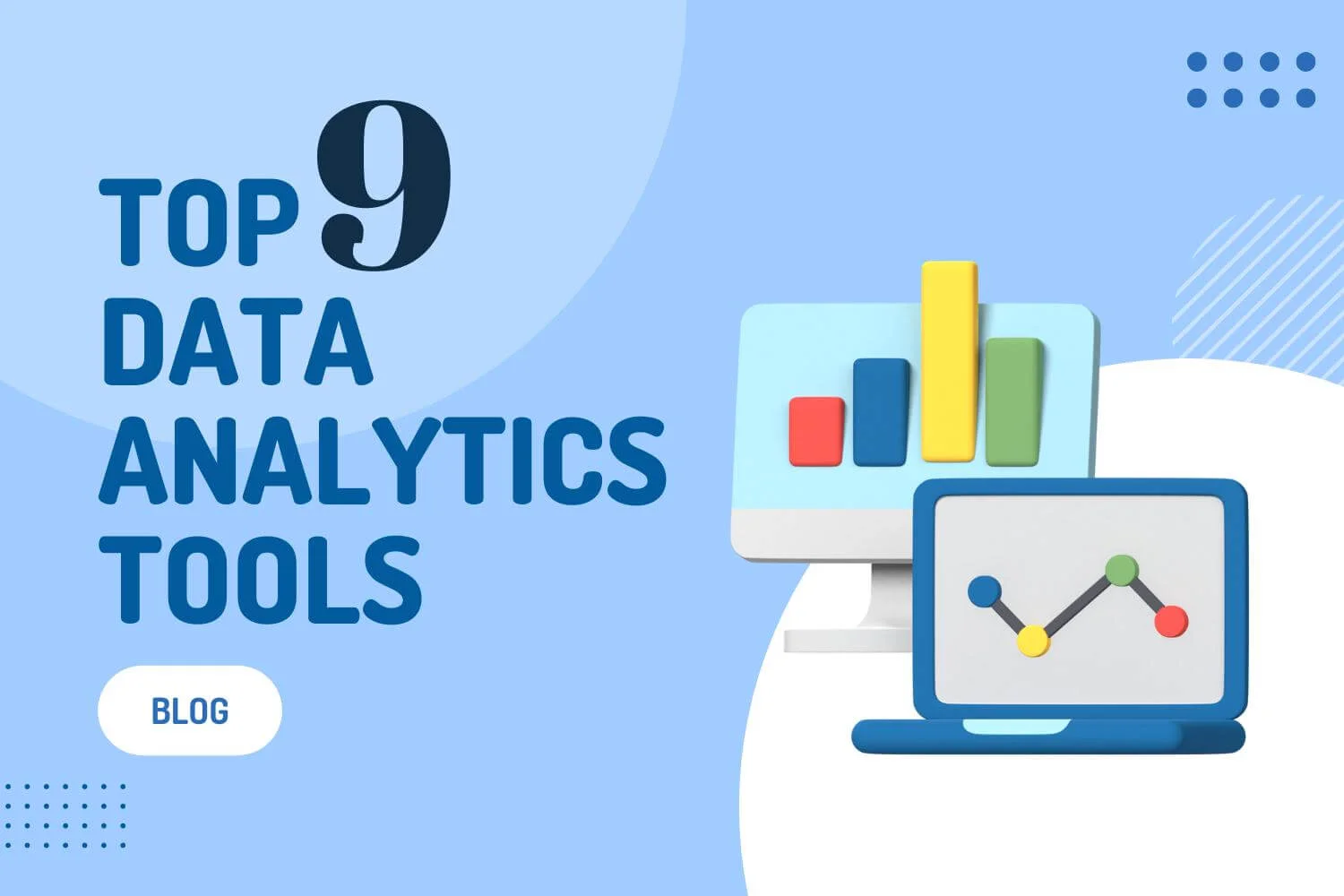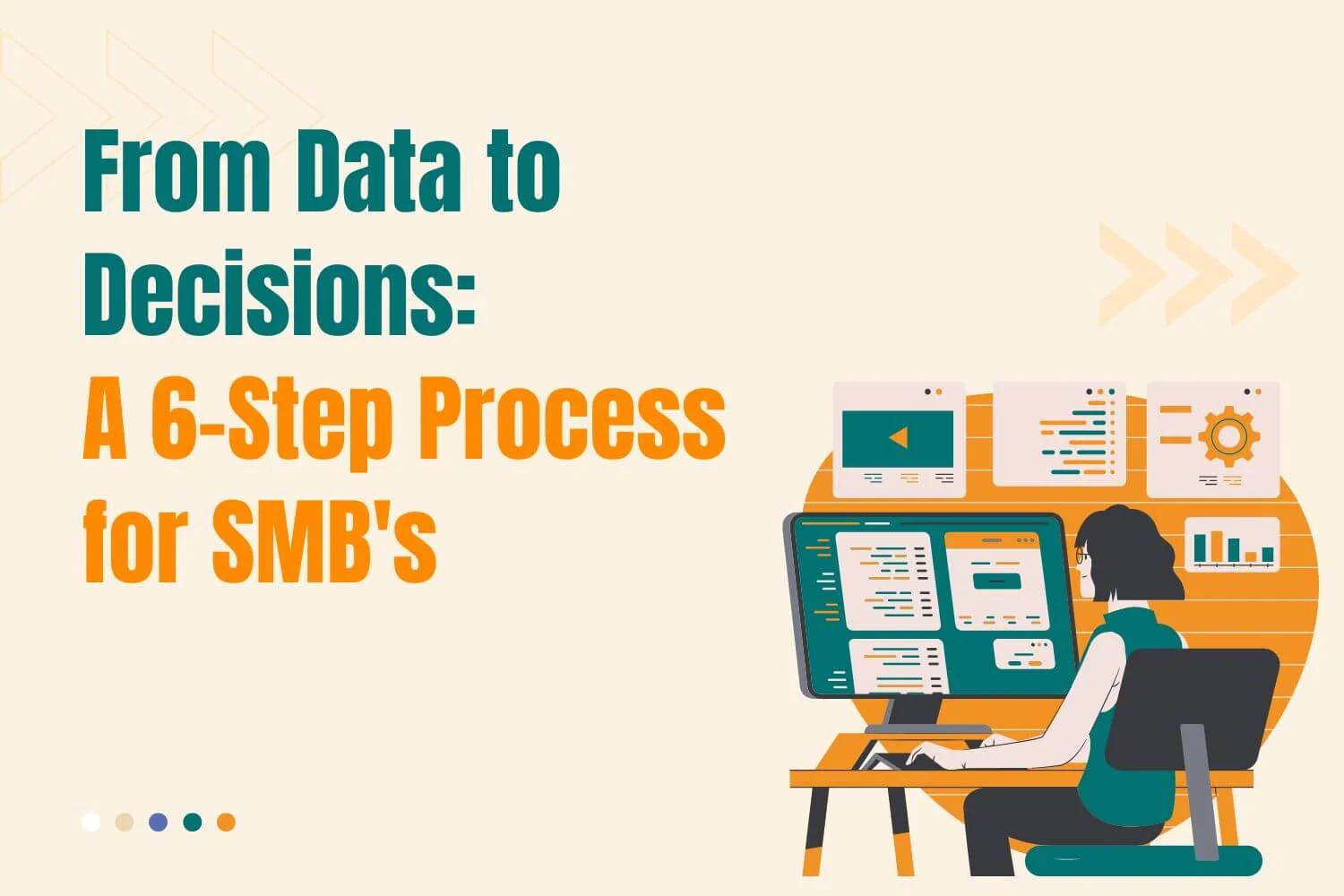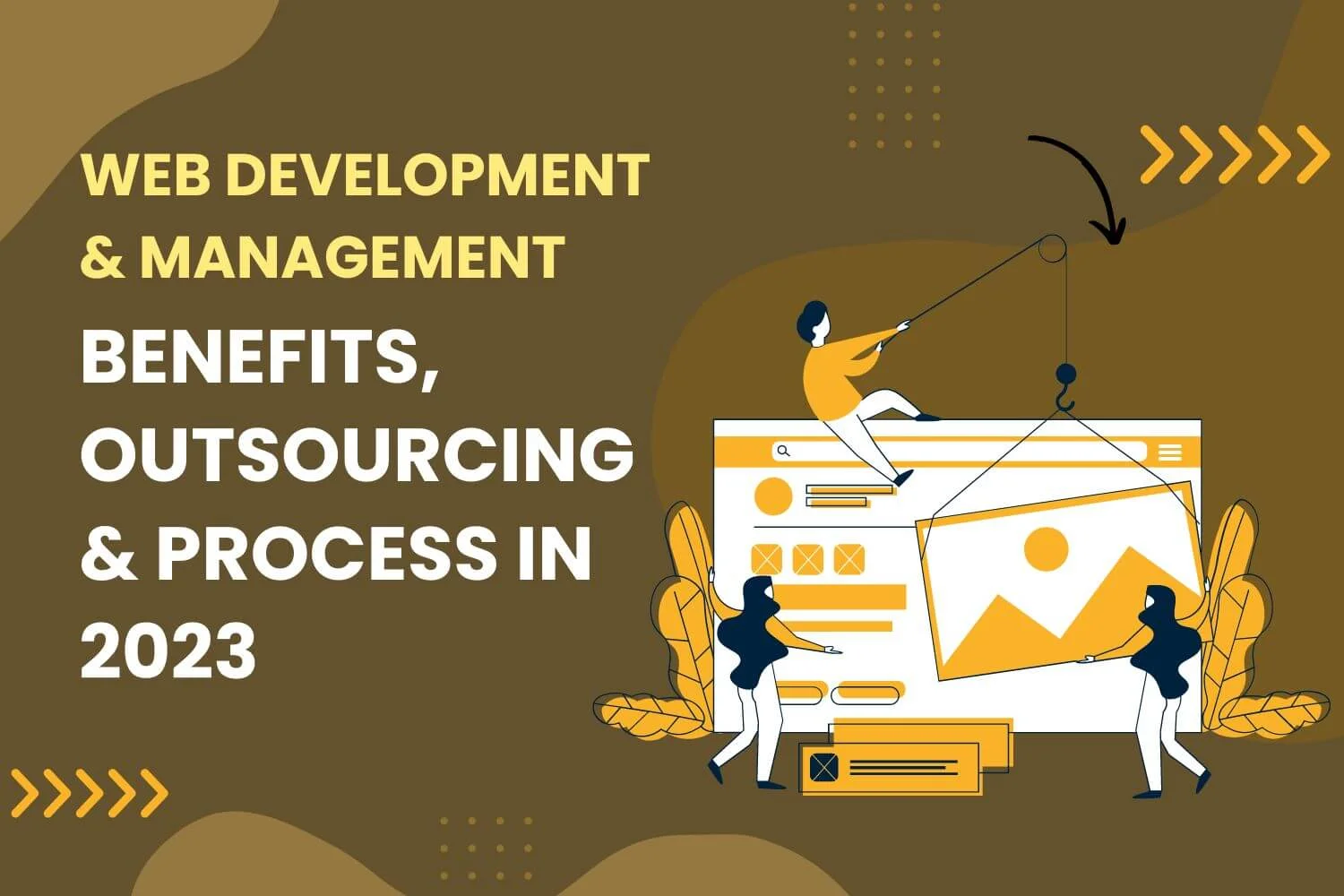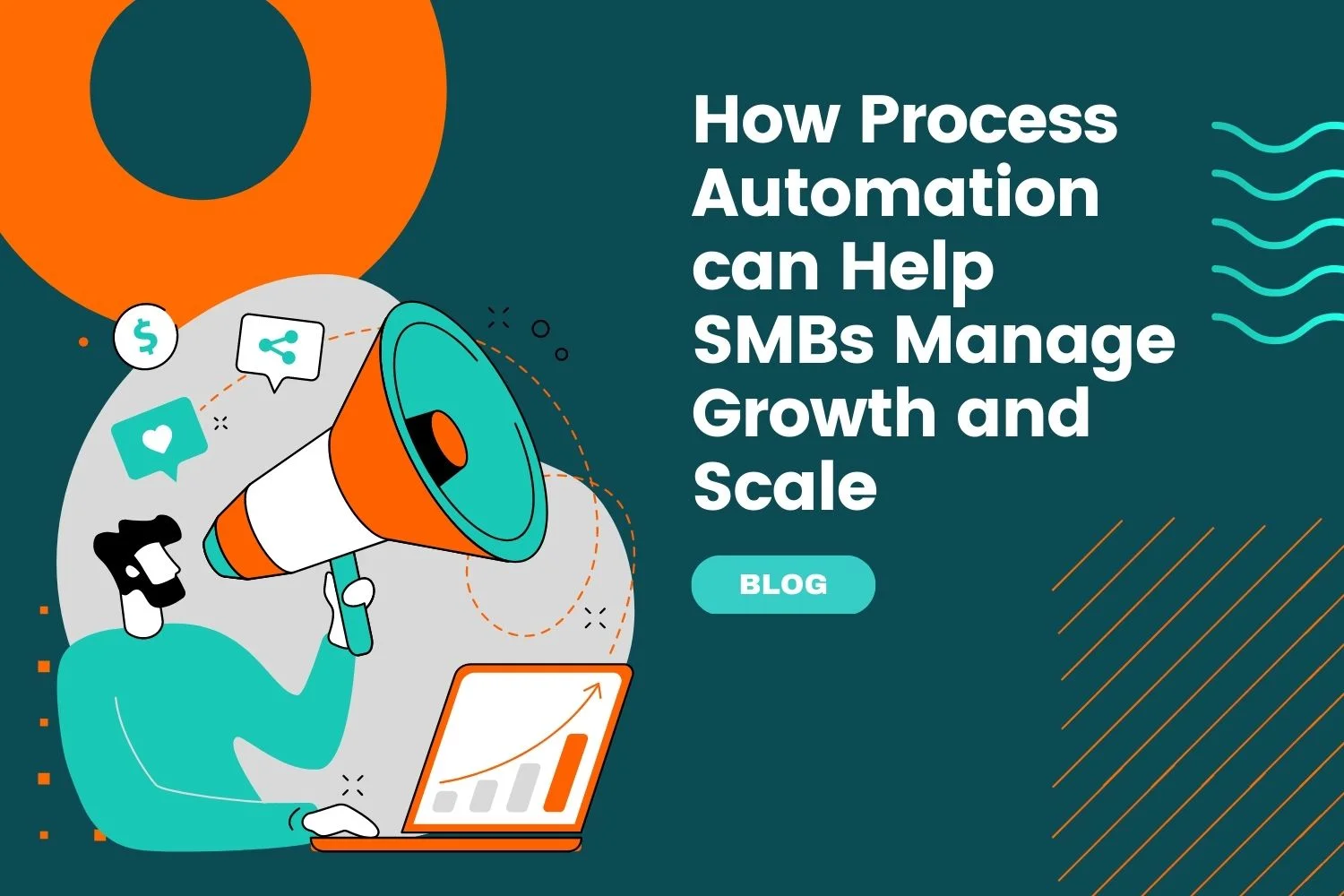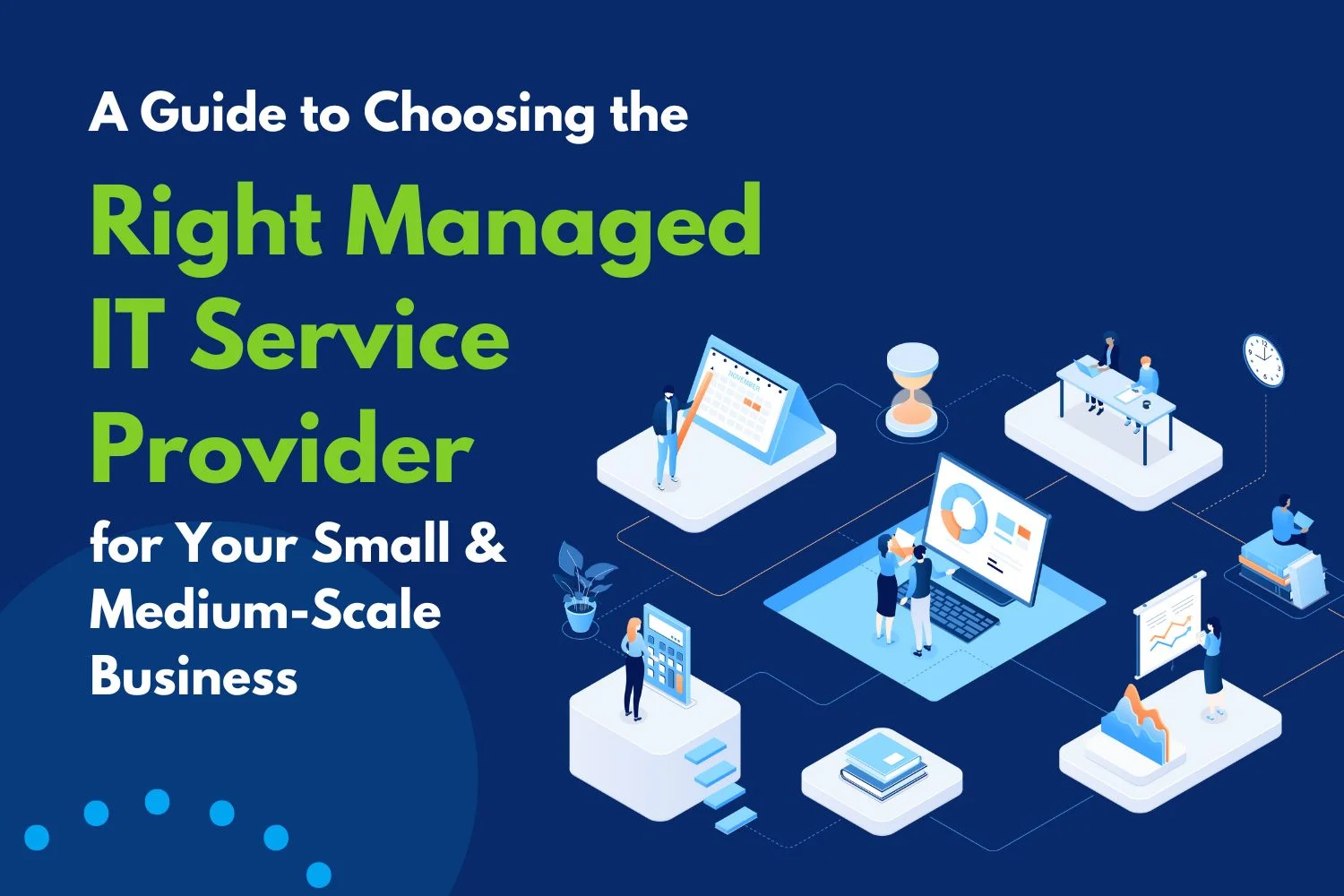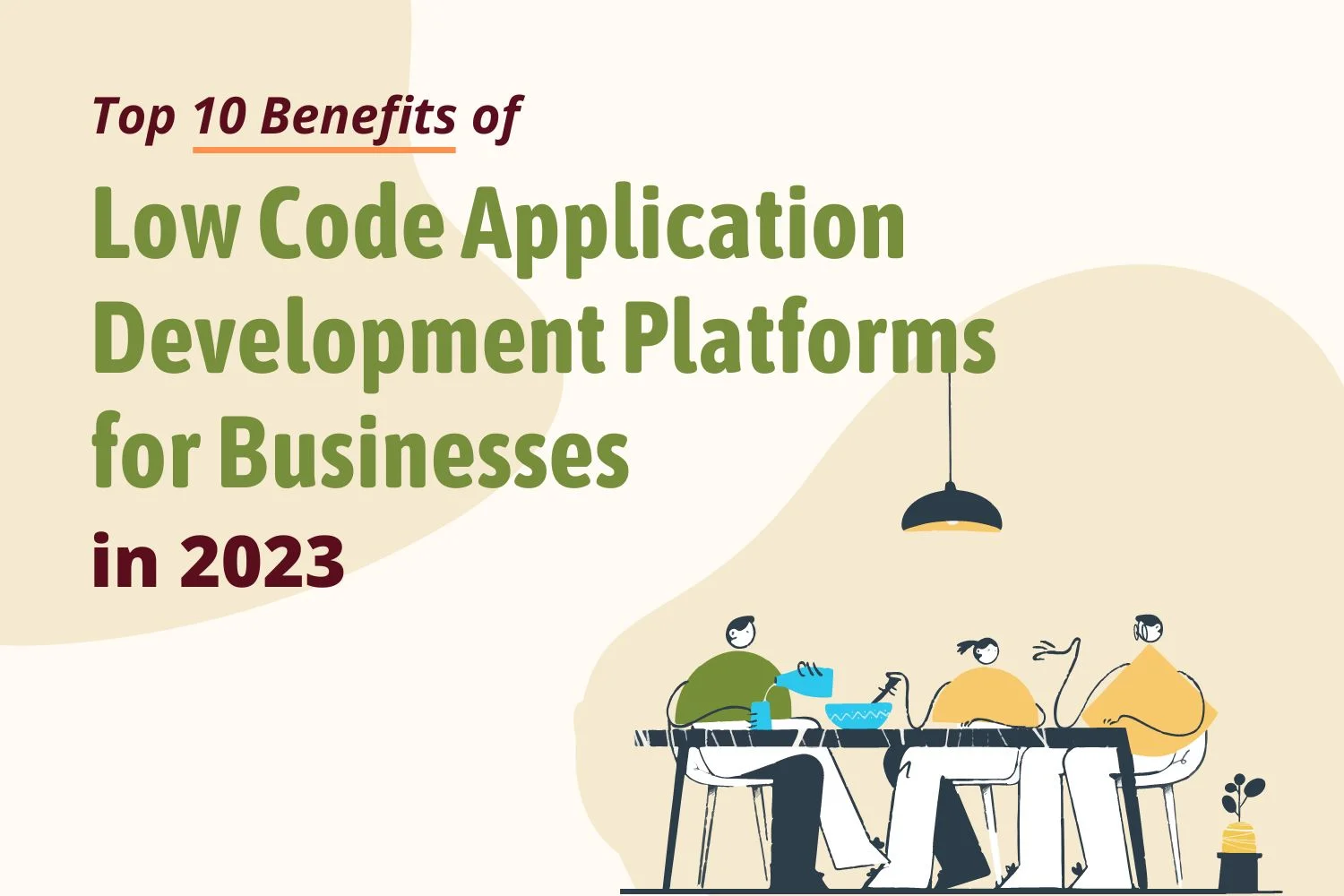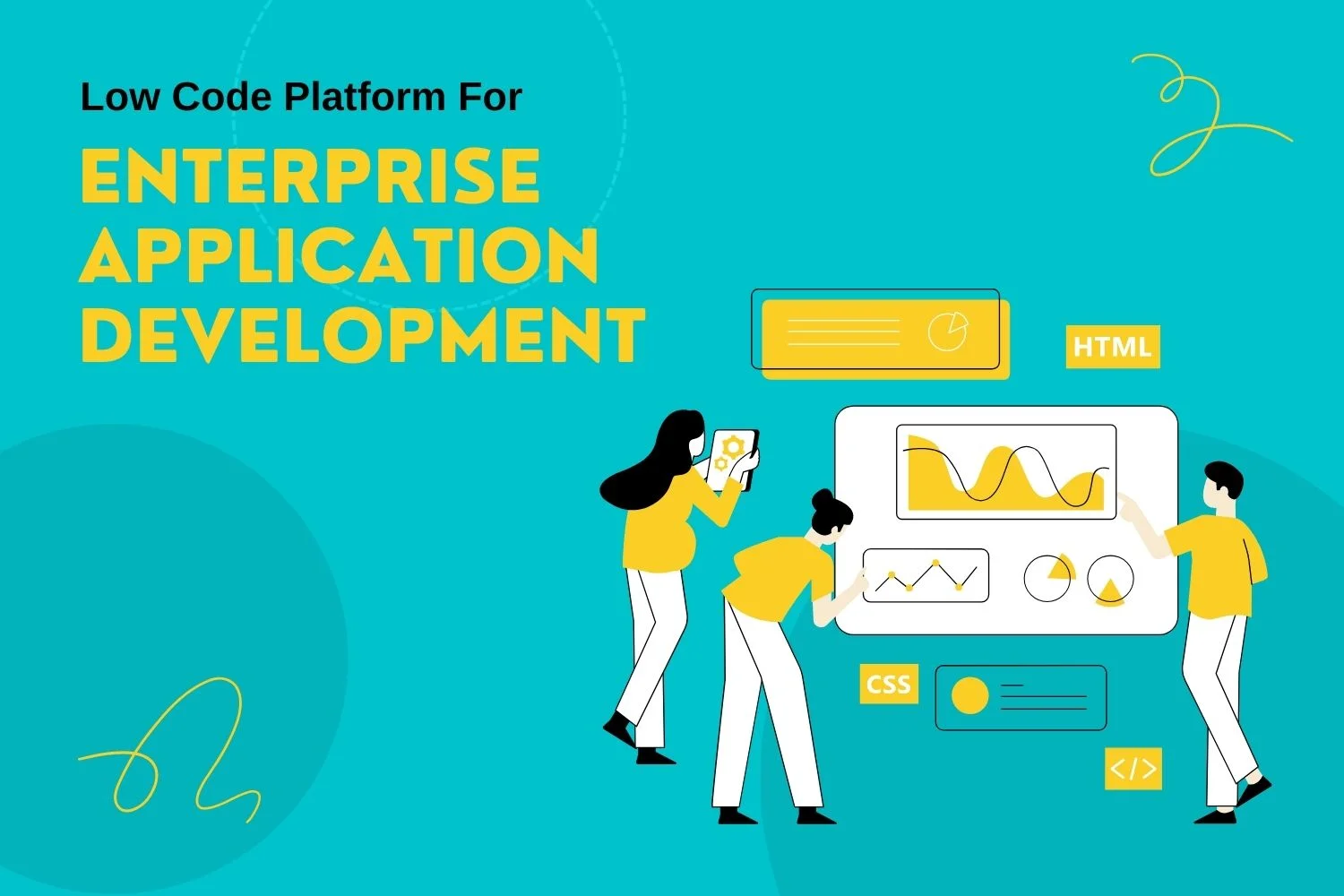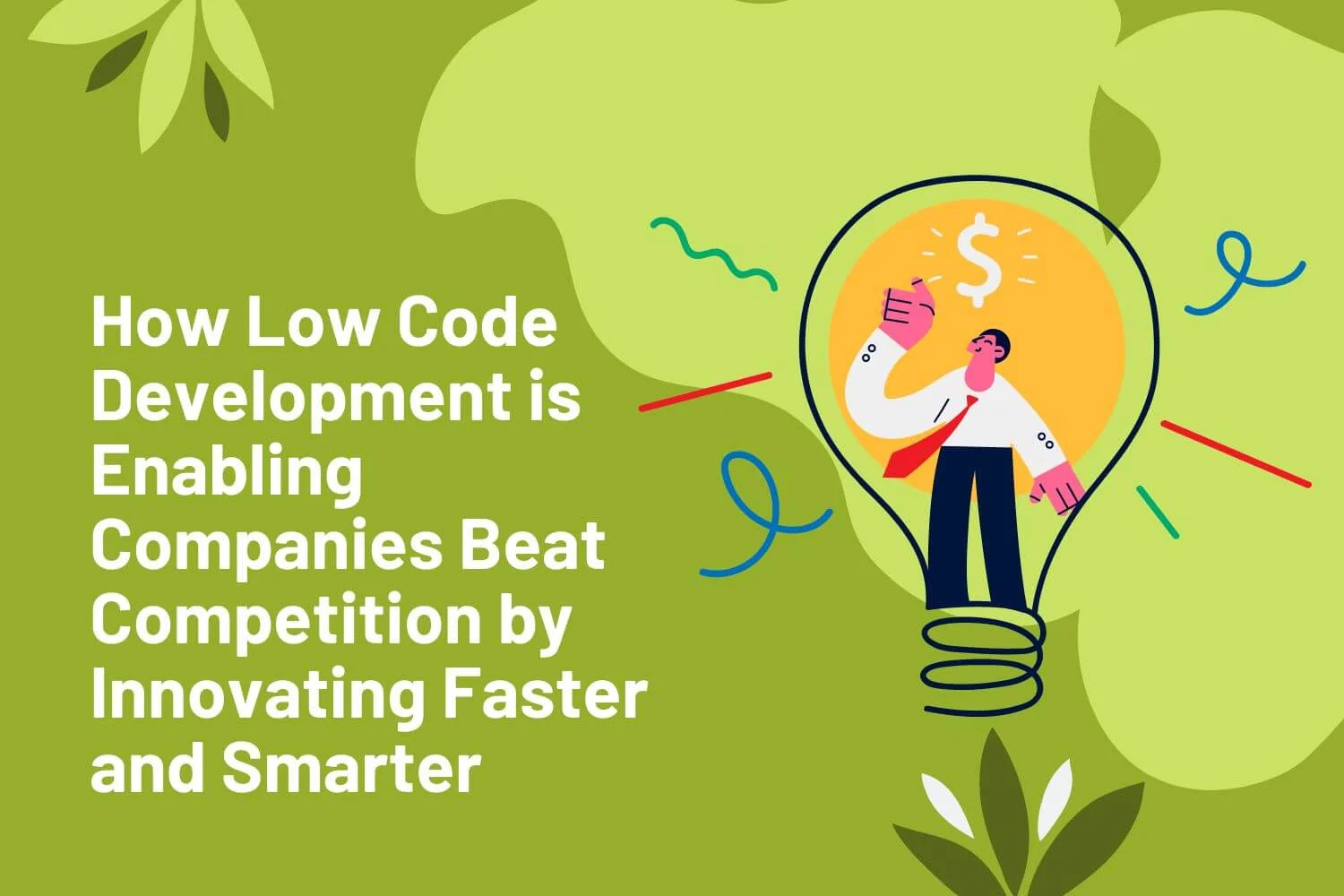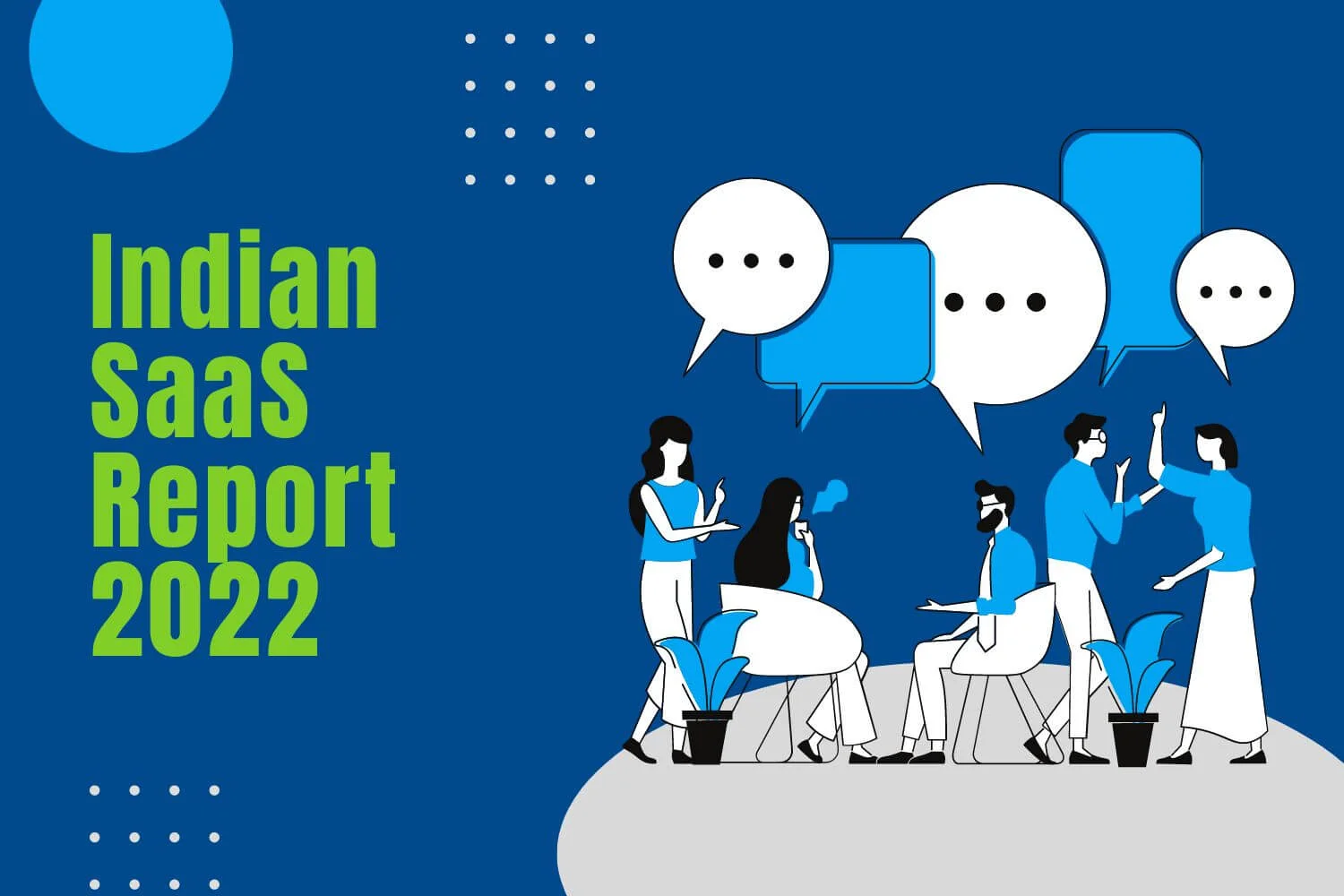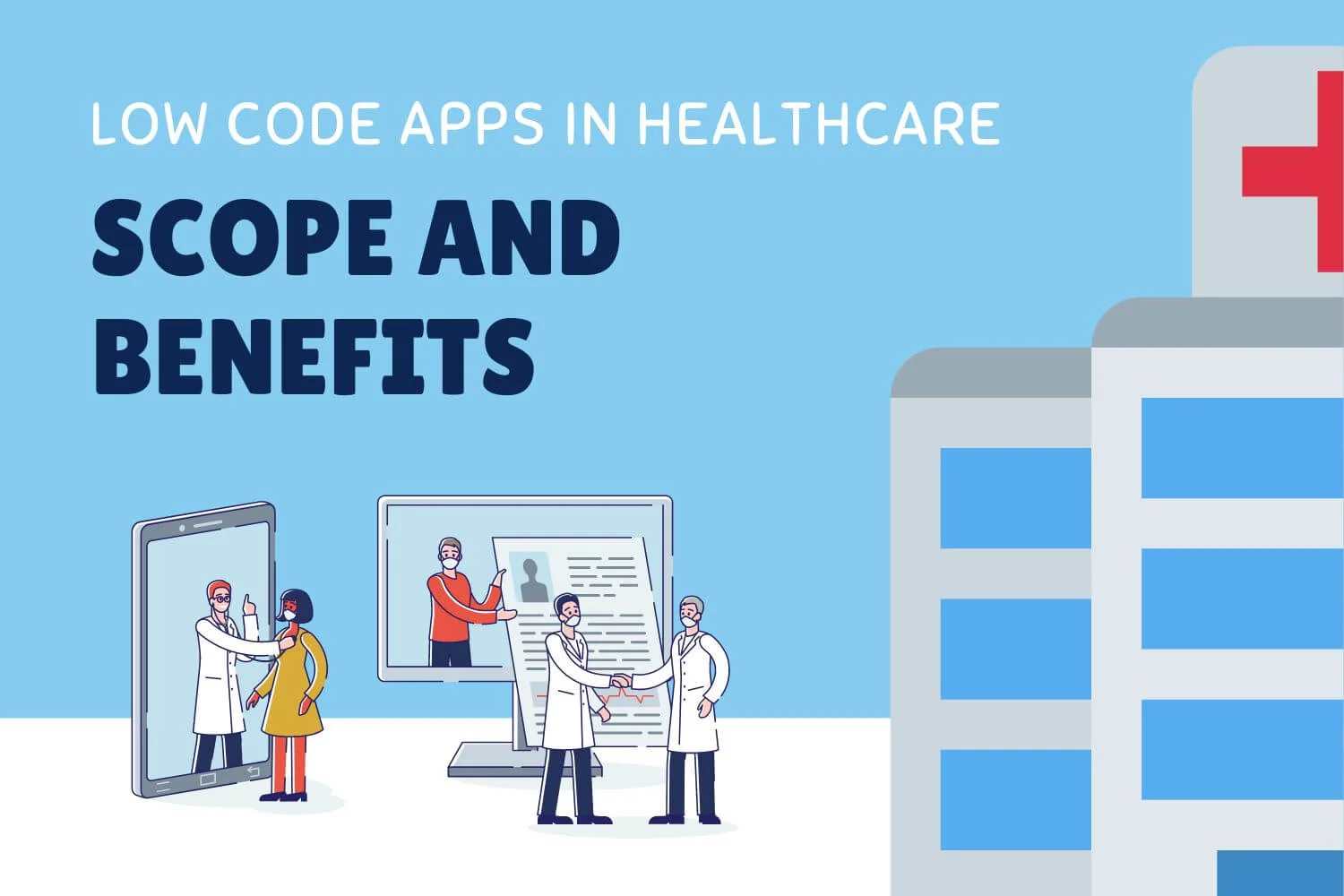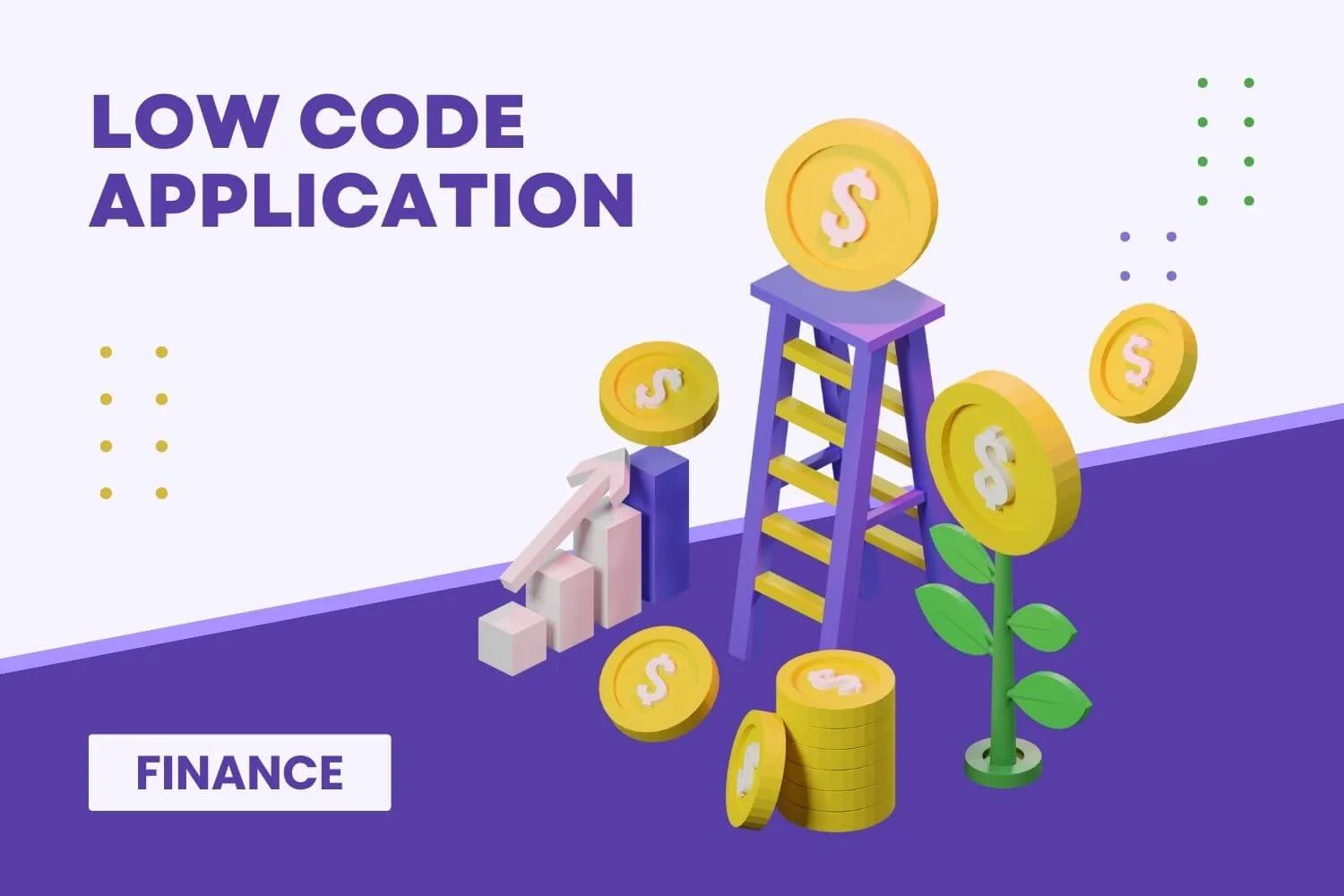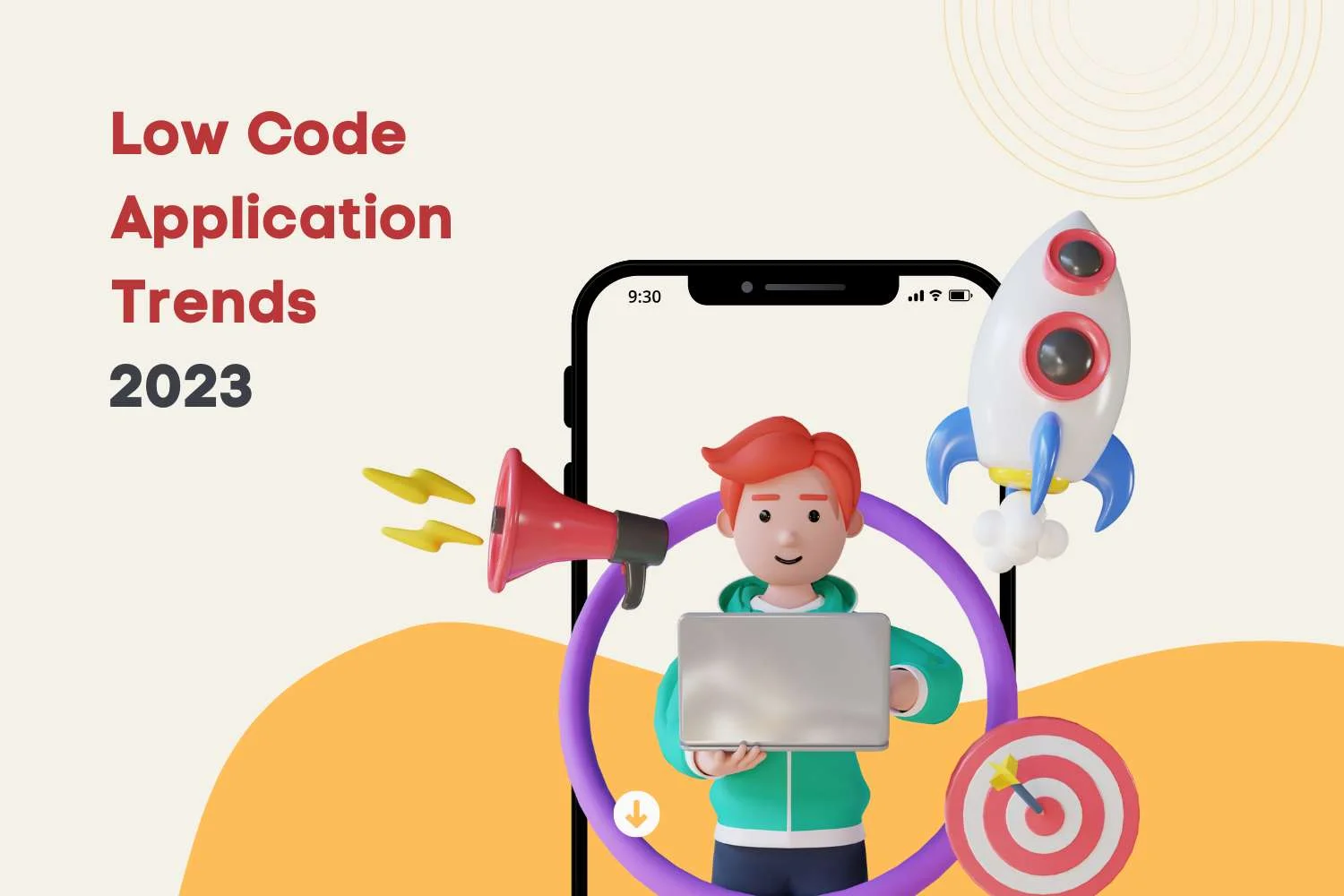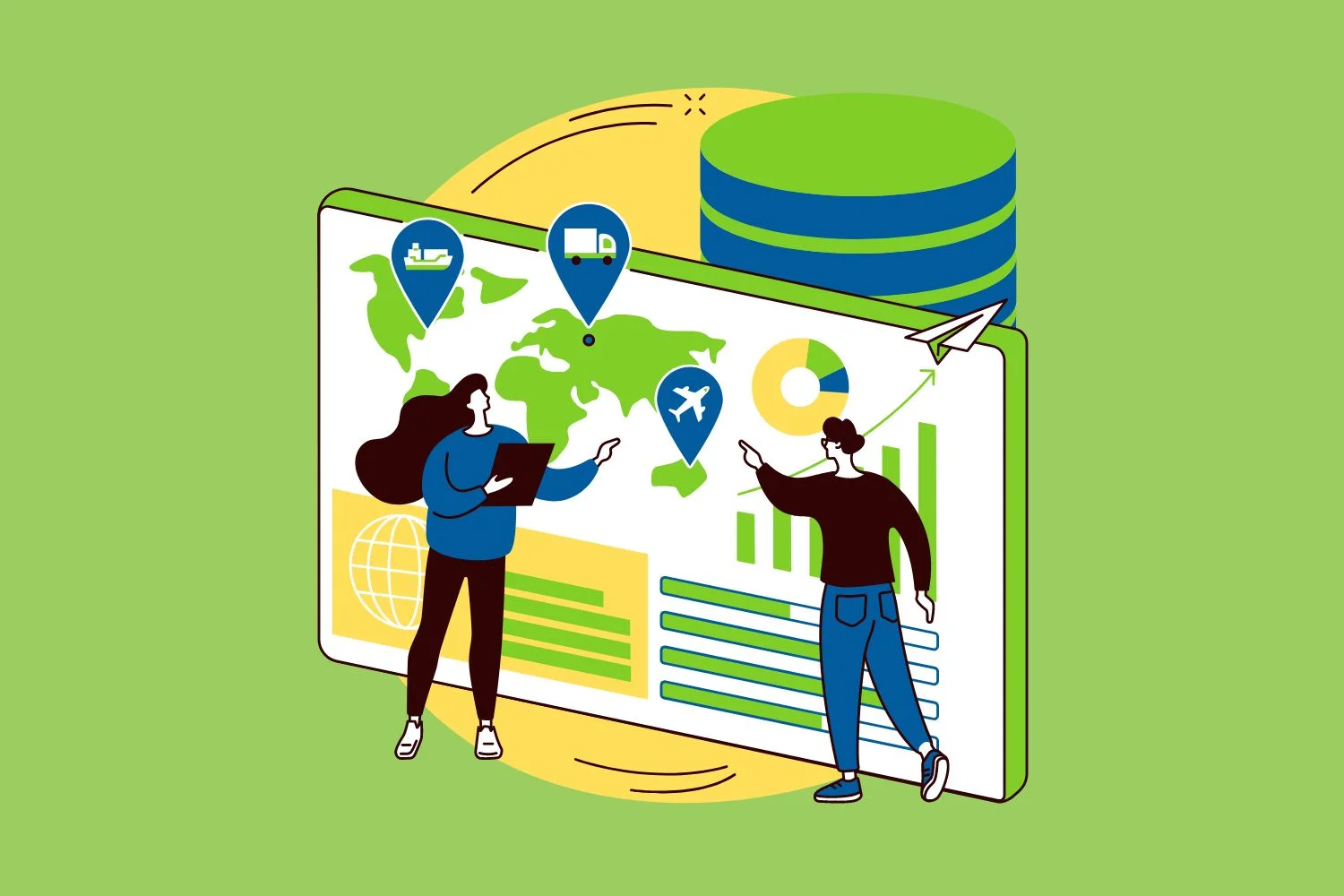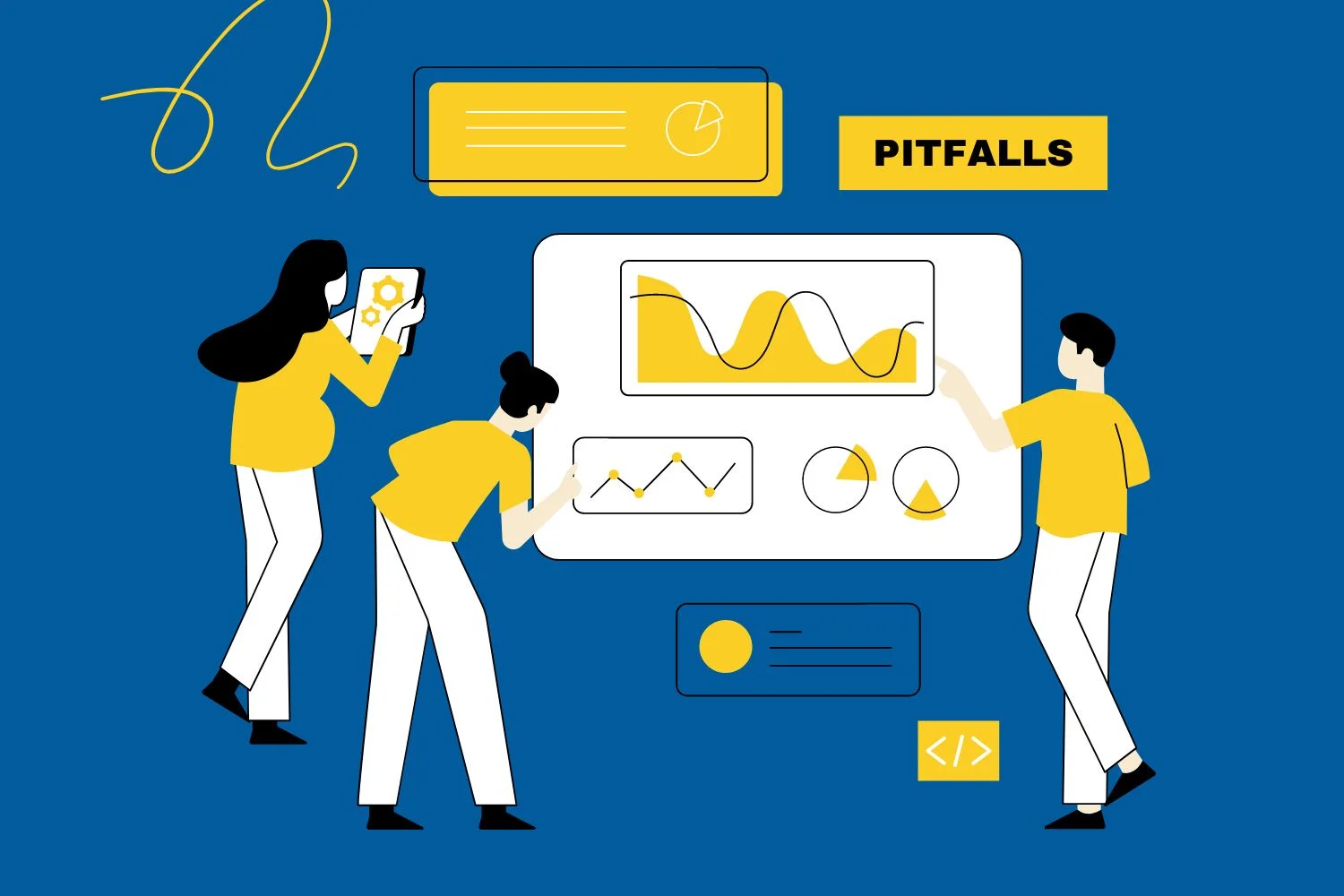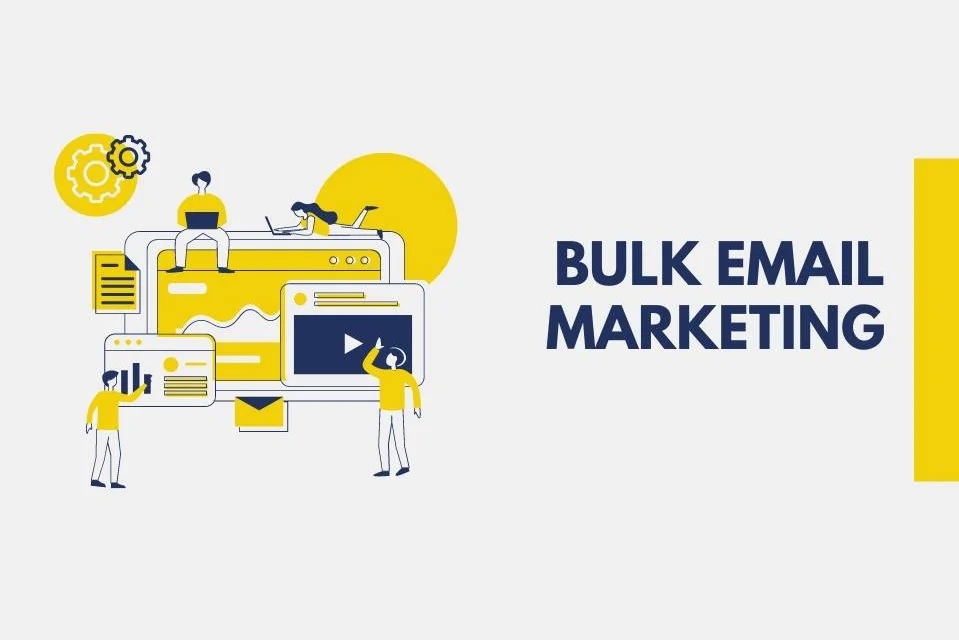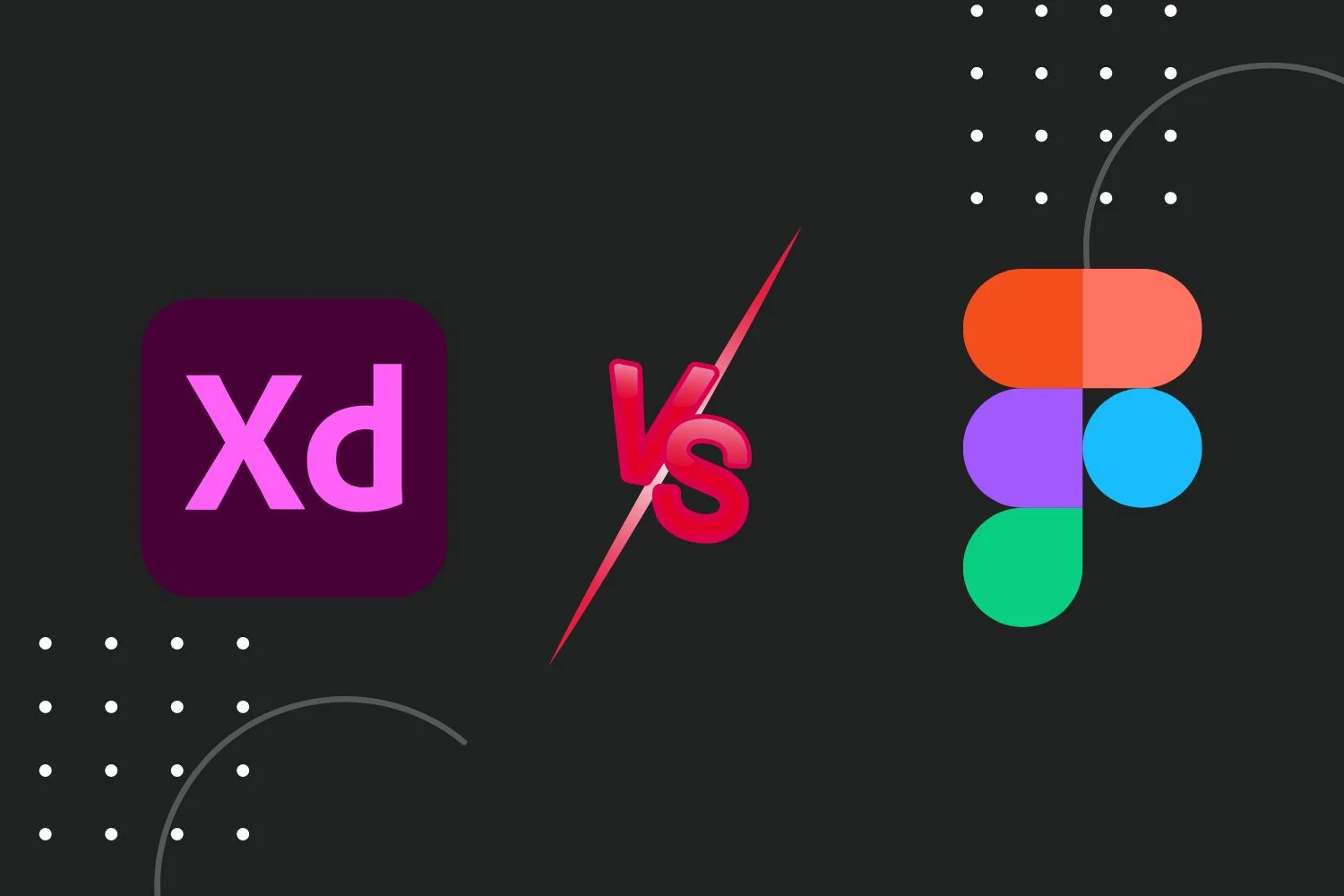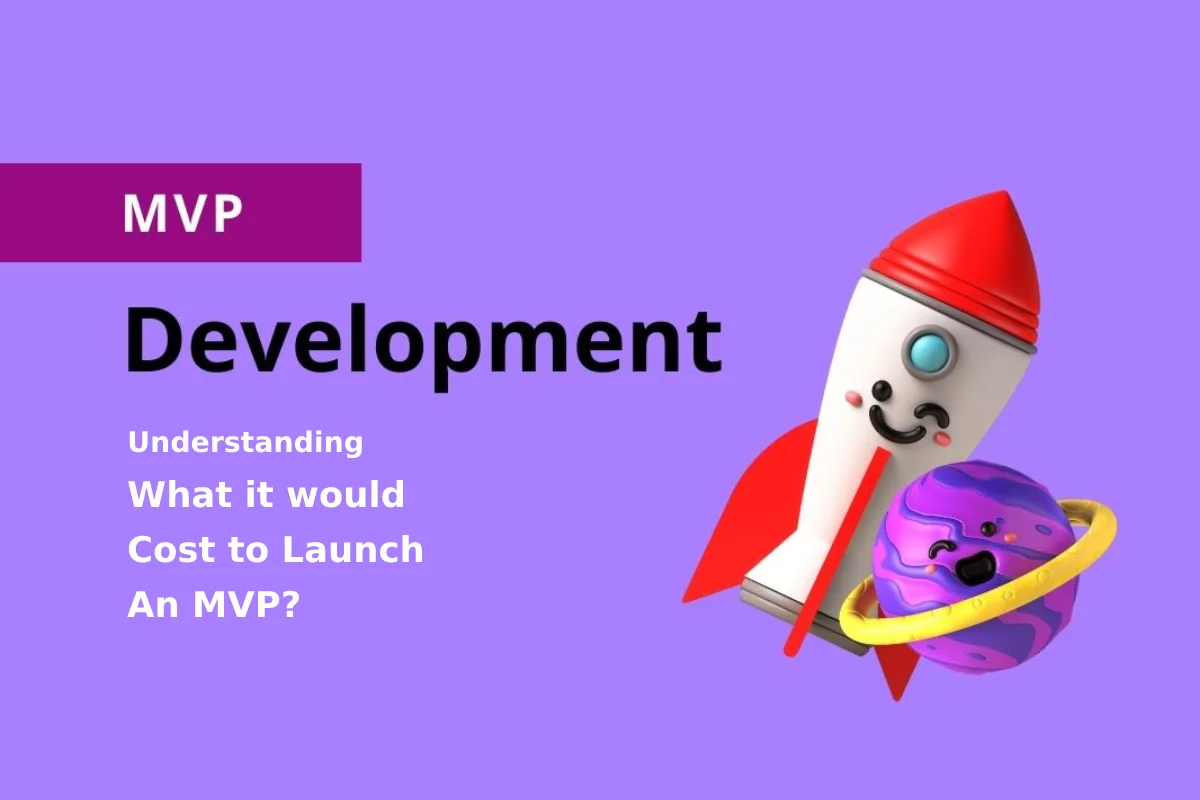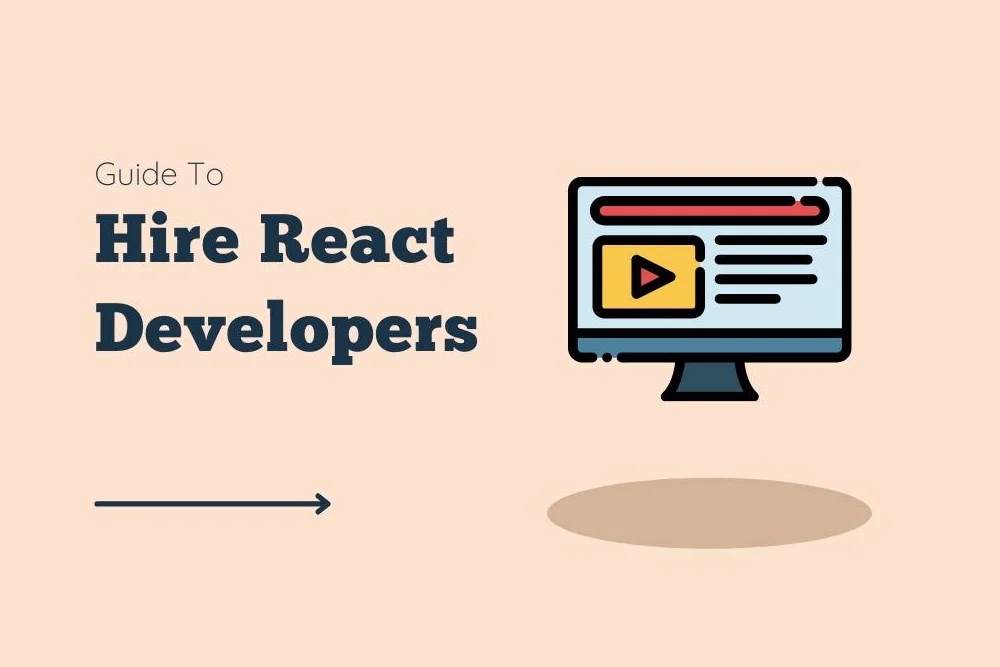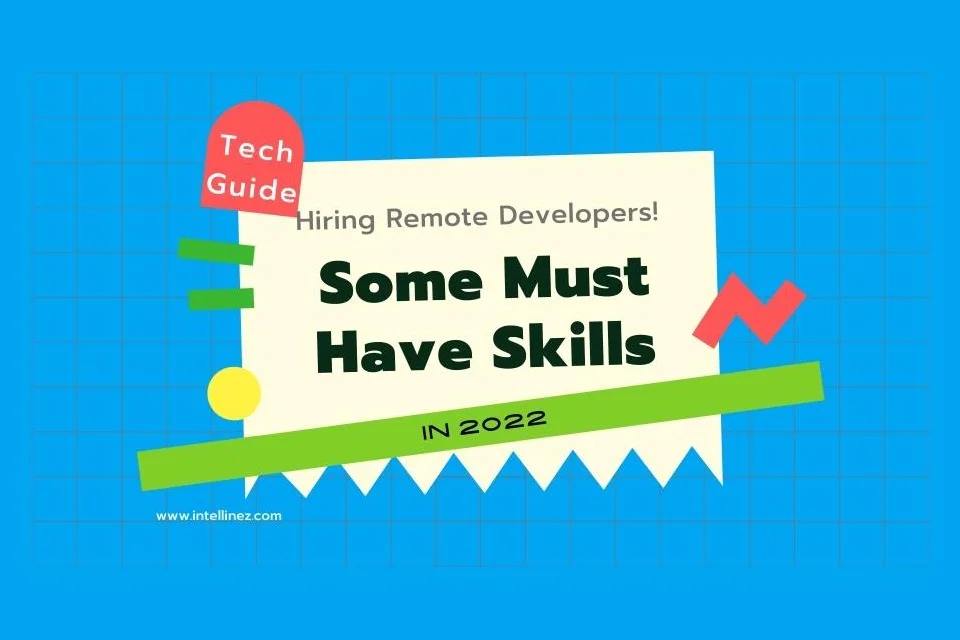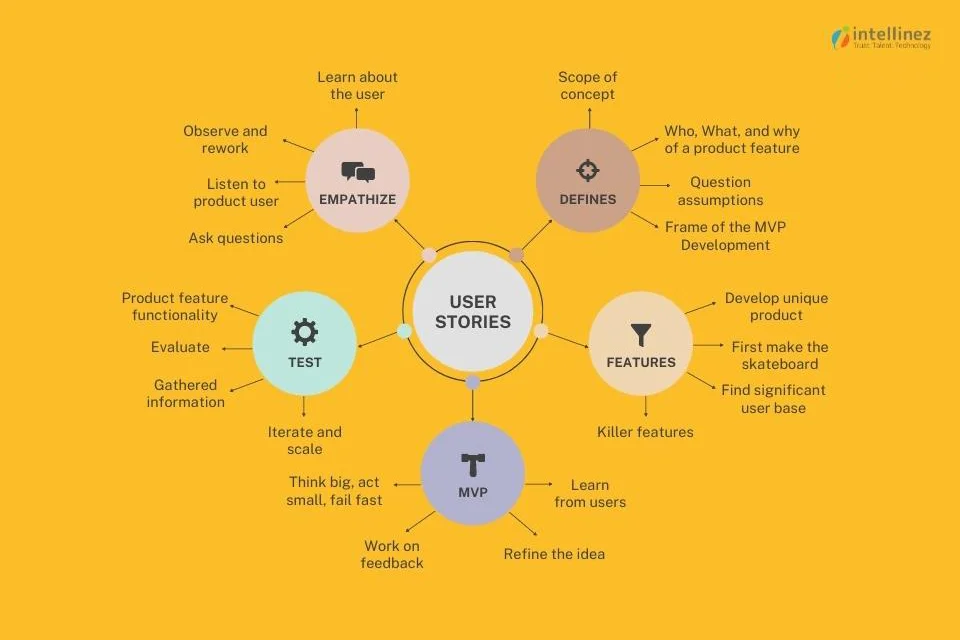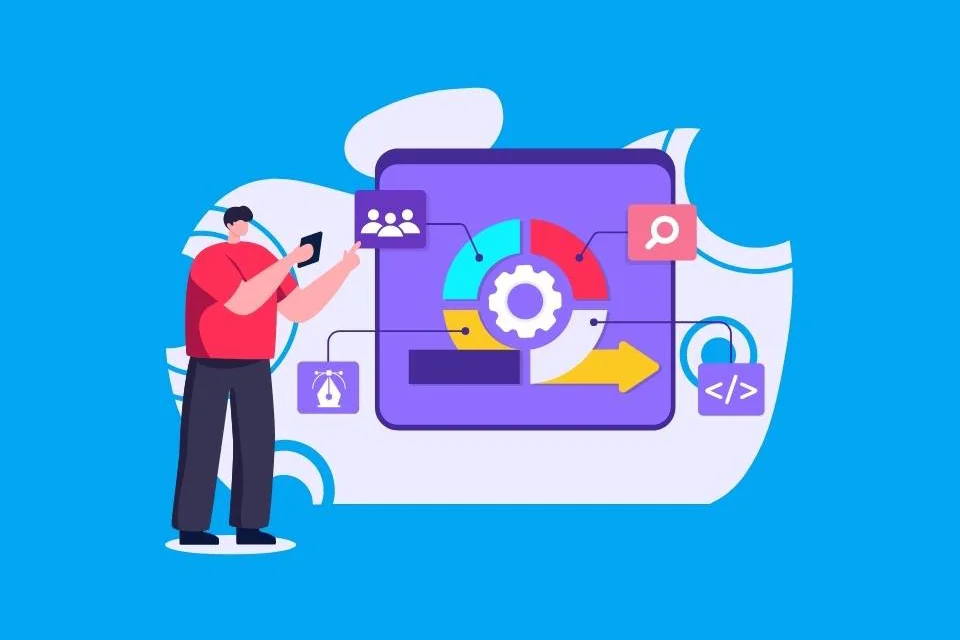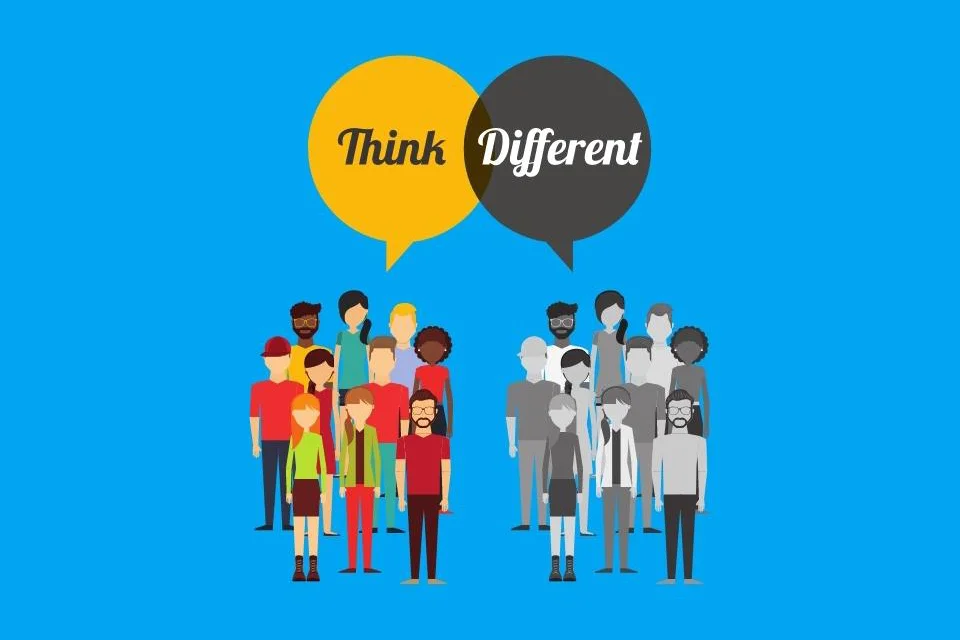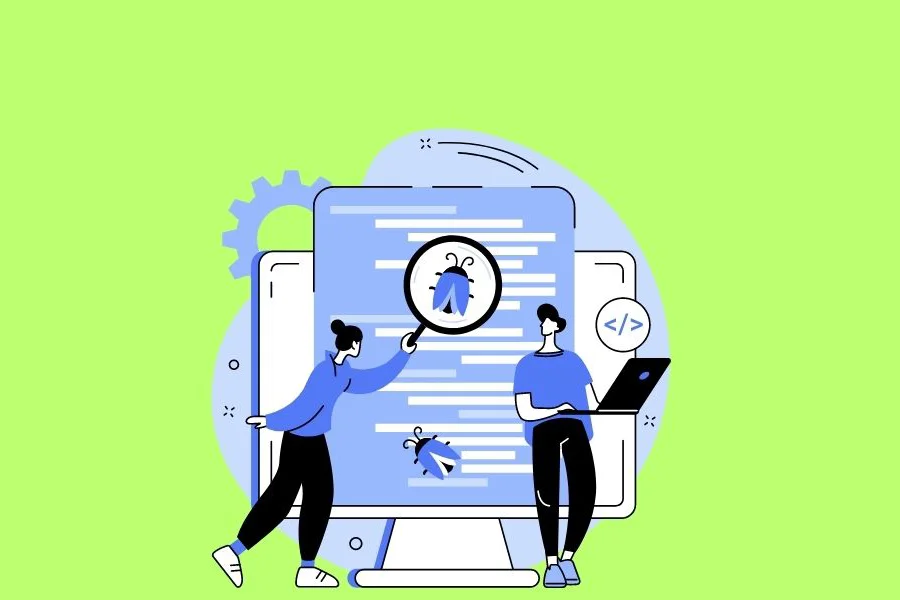- Function Calling Capability: OpenAI Integration With External Tools And APIs
- Improved Models: Enhanced Performance And Steerability
- Extended Context Length: Comprehensive Text Understanding
- Cost Reduction: Affordable AI Solutions
- Model Deprecation And Upgrades: Smooth Transition Process
- Client Data Privacy: Prioritizing Confidentiality And Ownership
At the forefront of AI development, OpenAI for developers relentlessly pushes the boundaries of what’s possible. Their latest updates and advancements empower developers with advanced AI capabilities and cost-effective solutions. In this article, we will delve into the key advantages of OpenAI’s recent updates, demonstrating how developers can leverage these innovations.
From function calling capability to improved models and extended context length, OpenAI for developers caters to evolving needs while safeguarding client data privacy. With cost reduction and smooth model transitions, OpenAI for developers redefines the landscape, offering unprecedented possibilities for AI-driven solutions.
Function Calling Capability: OpenAI Integration with External Tools and APIs
OpenAI’s introduction of function calling capability in the Chat Completions API is a notable update. This feature allows developers to describe functions to GPT-4 and GPT-3.5 Turbo, facilitating seamless integration of AI capabilities with external tools and APIs. Let’s delve into some practical use cases that illustrate the benefits of this feature:
1. Enhanced Chatbot Integration
Developers can now create chatbots that leverage external tools or plugins to provide dynamic and comprehensive responses. For example, a chatbot can seamlessly call an email tool to send emails based on user inquiries, significantly enhancing the chatbot’s functionality and utility.
2. Natural Language to API Conversion
With OpenAI for developers, the power of natural language processing (NLP) transforms search requests into seamless API calls or database queries. Through function calling capability, developers can convert conversational language into actionable interactions. For example, an NLP query such as “Who are my top ten customers this month?” seamlessly triggers an API call to retrieve relevant data from the customer database. This intuitive approach enhances user experience, making application interactions more user-friendly and effortless.
3. Streamlined Structured Data Extraction
Developers can define functions that extract structured data from unstructured text. For example, a function can be created to extract relevant information about people mentioned in a Wikipedia article, such as their names, birthdays, and locations. This capability streamlines data extraction processes and enables developers to leverage AI for efficient information retrieval.
Improved Models: Enhanced Performance and Steerability
OpenAI has made significant enhancements to its models, including GPT-4 and GPT-3.5 Turbo, to deliver improved performance and steerability. These updates offer several benefits and practical use cases:
1. Enhanced Steerability and Function Calling
The improved models offer better steerability, allowing developers to guide the model’s responses more effectively. This ensures that the generated outputs align with the desired intentions and requirements. Combined with function calling, developers can obtain structured data from the model, enabling a wide range of applications.
- Use Case: Developers can build AI-powered chatbots that seamlessly interact with external systems, databases, or APIs. For example, a chatbot can integrate with weather APIs to provide real-time weather updates based on user queries like “What’s the weather like in Boston right now?”
2. Natural Language Understanding and Contextual Responses
OpenAI’s expertise in natural language understanding and generation makes it a powerful tool for developers creating chatbots for customer support. Its models excel in comprehending and generating contextually appropriate responses, enhancing applications like virtual assistants and content generation tools.
- Use Case: A customer support chatbot can effectively understand and respond to customer inquiries, providing accurate and helpful information in a conversational manner. This enhances the customer experience and reduces the need for human intervention.
Extended Context Length: Comprehensive Text Understanding
OpenAI has introduced the 16k context version of GPT-3.5 Turbo, significantly increasing the context length compared to the standard 4k version. This extended context length empowers the model with a deeper understanding of the conversation or text, leading to more accurate and contextually coherent responses. Here are a few practical use cases where extended context length is valuable:
1. Complex Task Execution
Developers can provide detailed instructions or context to the model, enabling it to perform complex tasks that require a deeper understanding of the provided information. This is particularly useful in applications that involve multi-step processes or intricate interactions.
- Use Case: A virtual assistant can assist users in executing complex tasks, such as booking a vacation package. By providing an extensive context, including user preferences, destination choices, and budget constraints, the assistant can generate personalized recommendations and make bookings accordingly.
2. Comprehensive Document Summarization
With an increased context length, developers can leverage GPT-3.5 Turbo to summarize lengthy documents effectively. The model can consider a broader range of information, capturing the key points and nuances of the source material.
- Use Case: A content generation tool can utilize the extended context to summarize research papers, news articles, or legal documents, providing users with concise and informative summaries.
Cost Reduction: Affordable AI Solutions
OpenAI recognizes the importance of cost-effectiveness for developers and has introduced measures to reduce costs while maintaining performance and functionality. Two key areas of cost reduction are worth highlighting:
1. Text Embeddings
OpenAI has introduced the Text Embeddings API, which offers similar functionality to the older “Davinci” API at a more affordable price point. This allows developers to leverage text embeddings for enhancing search functionality within their applications, all while achieving significant cost savings.
- Use Case: Developers can integrate text embeddings into their applications to perform semantic searches and retrieve relevant results efficiently. By embedding documents or queries into a vector space, developers can improve search accuracy and user experience.
2. Lower Input Token Cost
OpenAI has reduced the input token cost for GPT-3.5 Turbo by 25%. This reduction makes the model more accessible and cost-effective for a broader range of applications.
- Use Case: Developers can leverage GPT-3.5 Turbo’s capabilities in their applications to provide conversational interfaces or enhance natural language understanding. For example, virtual assistants can assist users in retrieving information, performing tasks, or providing recommendations, all at a reduced cost.
Model Deprecation and Upgrades: Smooth Transition Process
OpenAI understands the importance of a smooth transition process when upgrading and deprecating older models. They prioritize developers’ convenience and ensure a seamless transition to newer versions. Here’s how it works:
1. Automatic Upgrade
Applications using the stable model names will be automatically upgraded to the latest versions of GPT-4 and GPT-3.5 Turbo. This ensures that developers can seamlessly benefit from the enhanced models without any disruption to their existing systems.
2. Extended Transition Period
OpenAI supports the use of older models until September 13th, providing developers with ample time to transition. This extended period allows developers to adapt their applications at their own pace while still utilizing the older models if necessary.
Client Data Privacy: Prioritizing Confidentiality and Ownership
OpenAI prioritizes client data privacy and security, ensuring the protection of client interests. Here’s how they ensure confidentiality and privacy:
1. Ownership of Outputs
Clients retain complete ownership of the outputs generated by their requests. OpenAI respects the rights and control of clients over the content generated through their models. This guarantees that the data remains the property of the clients, providing them with full ownership and control.
2. Data Usage Policy
OpenAI is committed to not using client API data for training purposes. They adhere to strict data usage policies, ensuring that the client’s data is not utilized in any way that compromises its privacy or security. This commitment enhances client confidence in utilizing OpenAI’s services while safeguarding their sensitive information.
Conclusion
OpenAI continues to empower developers with cutting-edge AI capabilities and cost-effective solutions. With features like function calling, improved models, extended context length, cost reduction measures, smooth model transitions, and a strong focus on client data privacy, OpenAI caters to the evolving needs of developers.
By leveraging OpenAI’s advancements, developers can create innovative applications that offer enhanced user experiences, comprehensive text understanding, and affordable AI solutions. OpenAI’s commitment to pushing the boundaries of AI while prioritizing client interests positions them as a leading provider of advanced AI technologies.
Discover the possibilities of advanced AI technologies with Intellinez Systems
Choose Intellinez Systems for exceptional AI solutions. Our skilled professionals, proven track record, and commitment to excellence ensure tailored results. With a portfolio of satisfied clients and successful projects, we are the trusted partner for your AI needs. Experience innovation and growth with Intellinez Systems.
Soumya Mishra
Technology Leader proficient in engineering and execution of enterprise-level IT projects and providing support services on the same. Possesses the ability to set functional and technical strategies, converting them to an achievable plan of action, and driving them to realize and achieve customer success. Passionate leader believing in leading by example, possessing strong problem-solving skills and a can-do attitude. Adept at handling cross-functional teams across the globe and motivating them to achieve outstanding and sustainable results to meet organizational goals and objectives! Guiding Quote – “Every job is a self-portrait of the person who did it, Autograph your work with excellence”



